Our rental car, a Dodge Challenger R/T, on Route 66 at sunset
Trip Summary and Planning
We flew into Denver for the start of our trip. Denver is familiar to me as I lived in Colorado for about a year 15 years ago. We stayed with family and stayed a day in Denver before starting our trip into the Rocky Mountains on I-70 heading West. We stayed one more night with family in Georgetown, which is a small former mining village just across the front range West of Denver. We then continued on in the direction of Utah where we stayed one night in Grand Junction before crossing the border. We then took the scenic route through Utah down to St. George, where we stayed 2 nights. We then continued South towards Las Vegas, where we also stayed 2 nights. From Las Vegas we drove out to Los Angeles where we stayed a total of 3 nights. Then we went South and stayed in Carlsbad, between LA and San Diego for 2 nights. From there we drove to Arizona, where we stayed in Flagstaff for a night. From Arizona we made our way North back towards Utah/Colorado, where we stayed one night in Durango, CO and one night in Crested Butte, CO. From there we drove 'back' to Colorado Springs, where we stayed another 3 to 4 nights before heading back to Denver and flying out to Oklahoma City for a long weekend.
In all fairness, the planning of this trip was quite sporty, in the sense that there wasn't a lot of flexibility in the days and we did want to see a lot. In hindsight I should have calculated at least 3-4 days for this type of travel itinerary and with the distances covered.
Cities, Towns and Sights visited
Places visited listed by state and chronologically
Colorado Utah Nevada California Arizona
Denver Moab Valley of Fire Death Valley N.P. Route 66
Georgetown Arches N.P. Las Vegas Los Angeles Flagstaff
Leadville St. George Beverly Hills Grand Canyon N.P.
Grand Junction Zion N.P. Malibu Monument Valley
Durango Bryce Canyon N.P. Newport Beach
Crested Butte Anaheim
Great Sand Dunes N.P. Carlsbad
Colorado Springs Crystal Cove S.P.
San Diego
Joshua Tree N.P.
Colorado
A view from Great Sand Dunes National Park, CO
Denver
Denver, the largest city in Colorado, has been thriving for decades. It was crazy to see how much it had grown in those less than 10 years since I was last there. Both Denver and Colorado Springs have been growing and expanding at a crazy rate thanks to an evolving tech and startup industry. It was also generally cheaper than California in terms of living, although prices have been skyrocketing in Colorado as well. What's nice about Denver is that you're just out in nature up in the Rockies after an hour's drive. You take I-70 West and you start gaining elevation quickly. There are so many small villages and hiking trails out there that you can really get away from the bustling big city. In comparison to some other similarly large cities in the States Denver actually has quite a walkable downtown. It also has this odd lightrail tram or basically some form of public transport going on, although most in Colorado are definitely car-dependent. We only spent the night in Denver and had a short walk in the center but nothing crazy before heading out West. Below are a few impressions.


The road to Utah
The road to Utah is a beautiful one, even if you decide to just stay on the Interstate. I-70 is one of the most scenic highways of the USA. From Denver you drive up the front range and then continue the journey West while being surrounded by the mountains. We ventured out to Leadville, a former silver mining town that actually used to be the 2nd largest city in the state after Denver in the late 19th century. Ever since it has lost most of its significance but it's still worth driving out there if you are planning on driving something like the Independent pass or see some of Colorado's highest peaks like Mt. Elbert. Leadville is in fact the USA's highest incorporated city at an altitude of 3.096 meters (10,158 ft.). We had planned to drive the Independence Pass but unfortunately it was still closed due to recent heavy snowfall. So we just drove out to Twin Lakes and then returned back to the I-70 to continue our journey West. Before entering Utah, we stayed the night in Grand Junction in West Colorado.

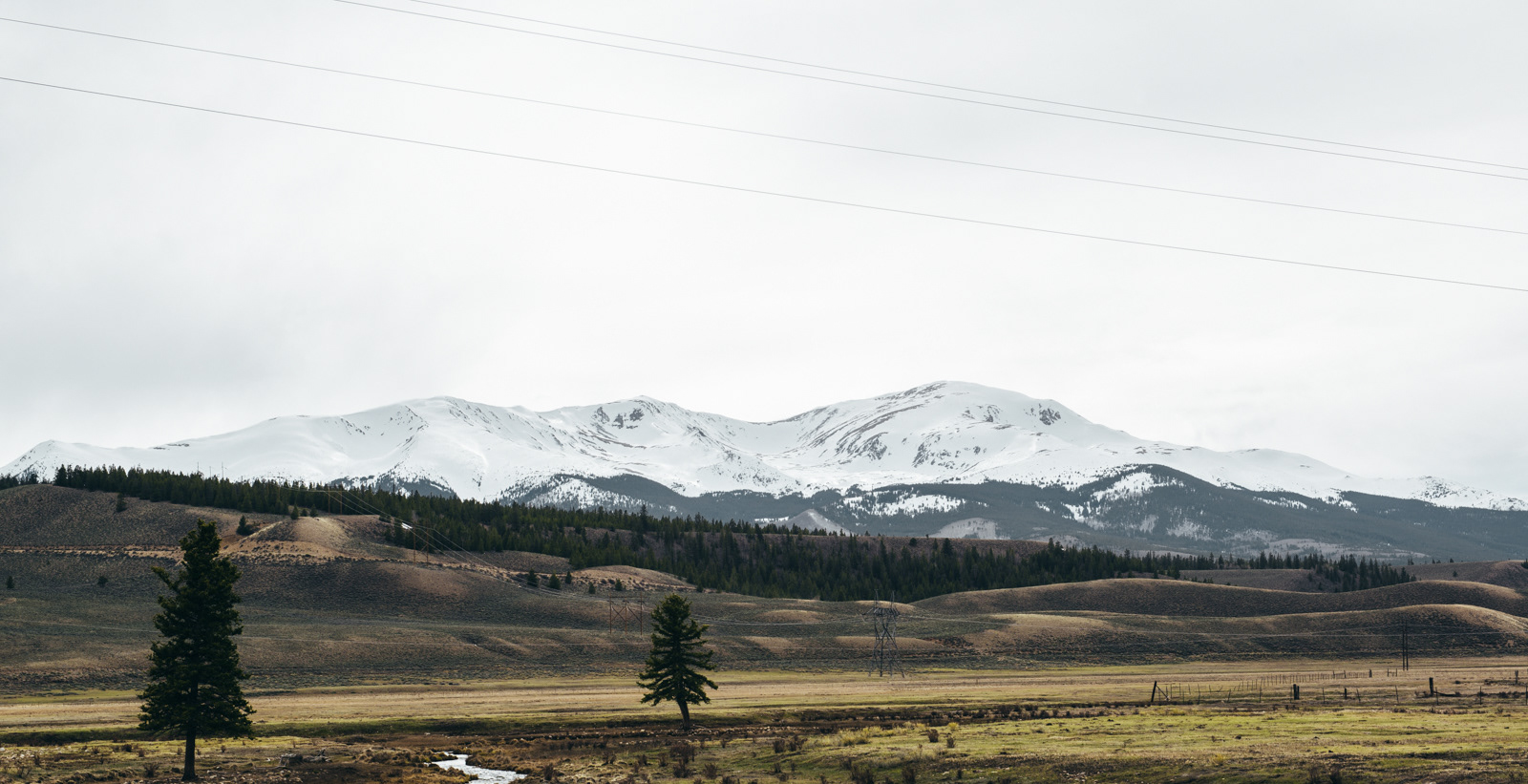
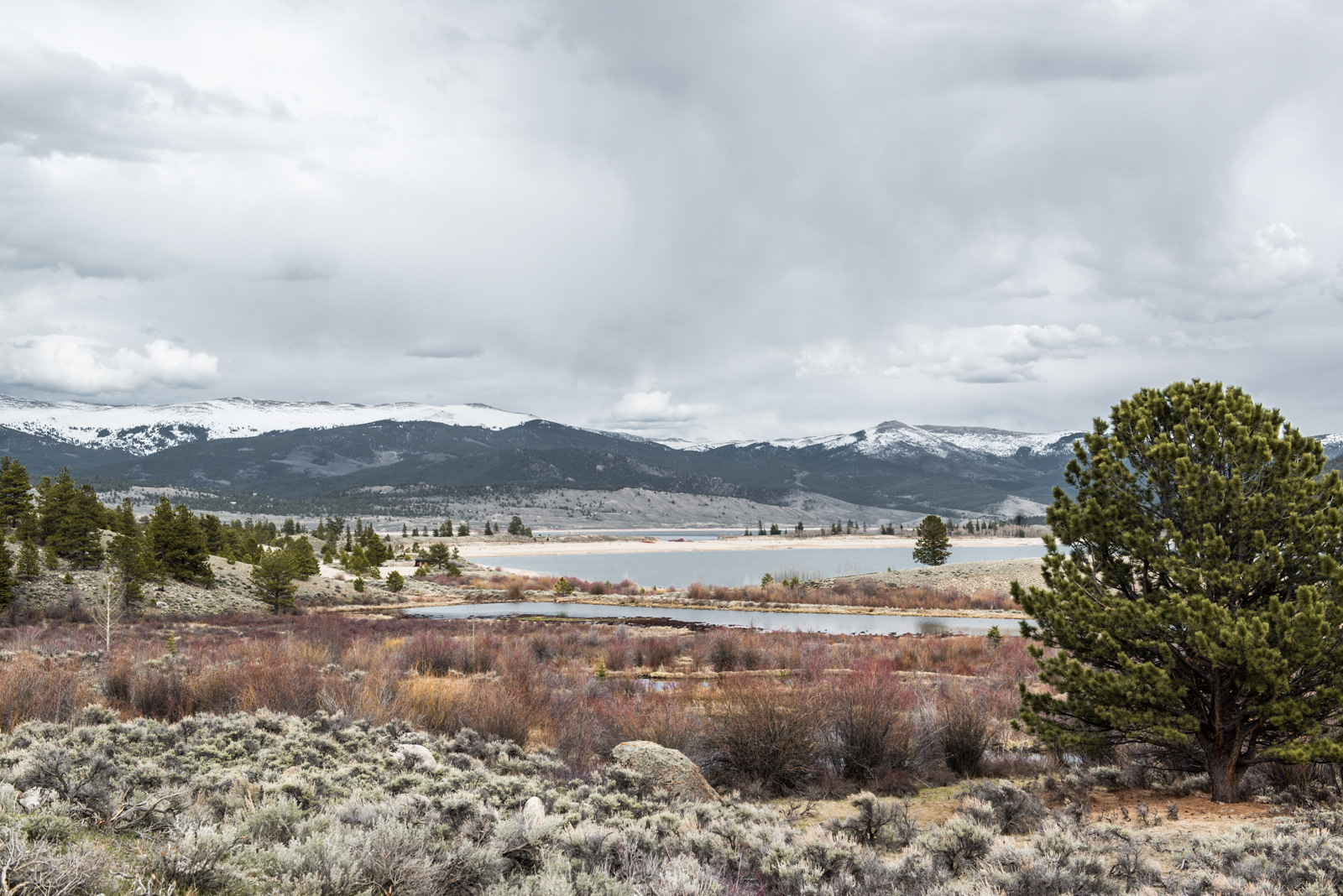

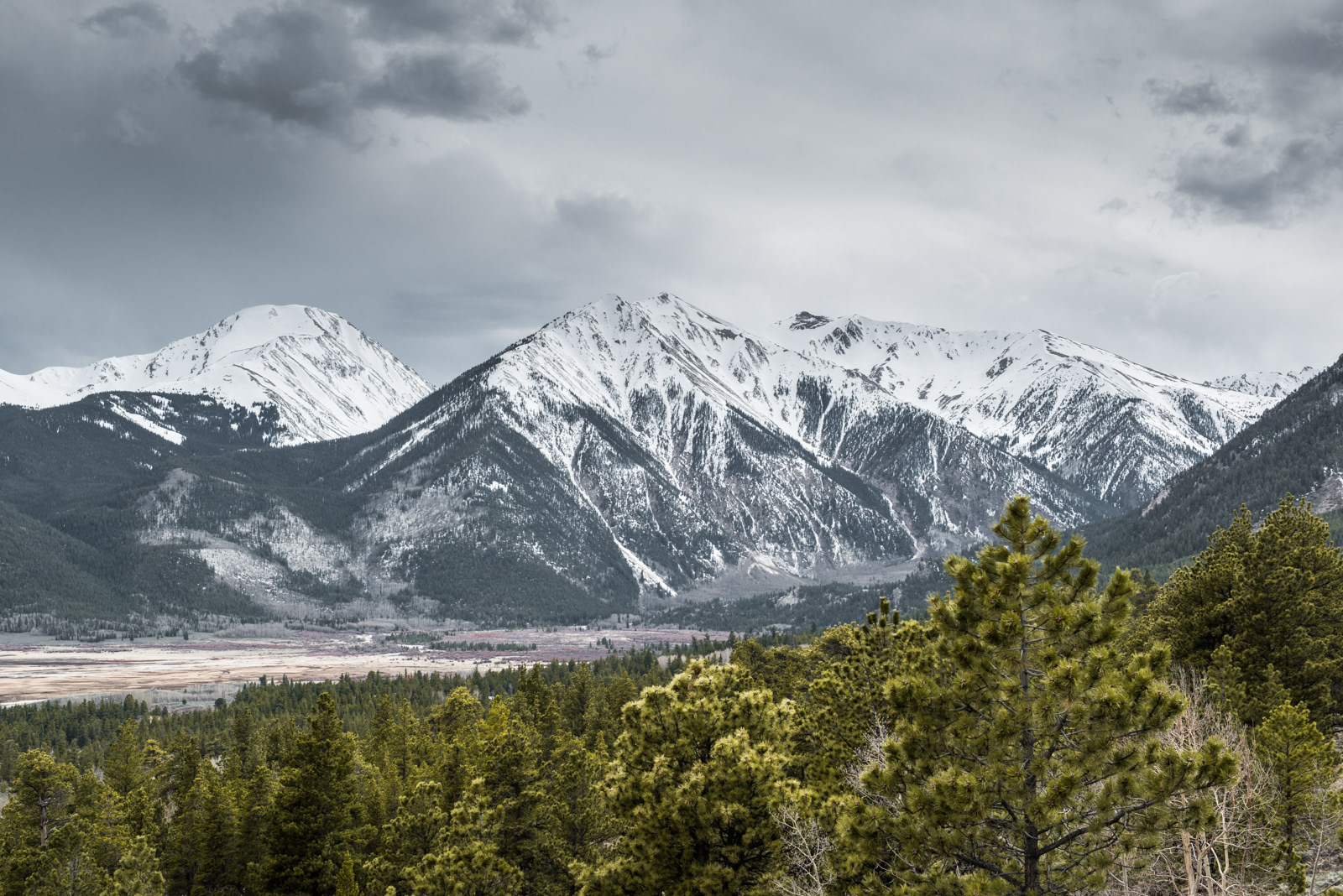
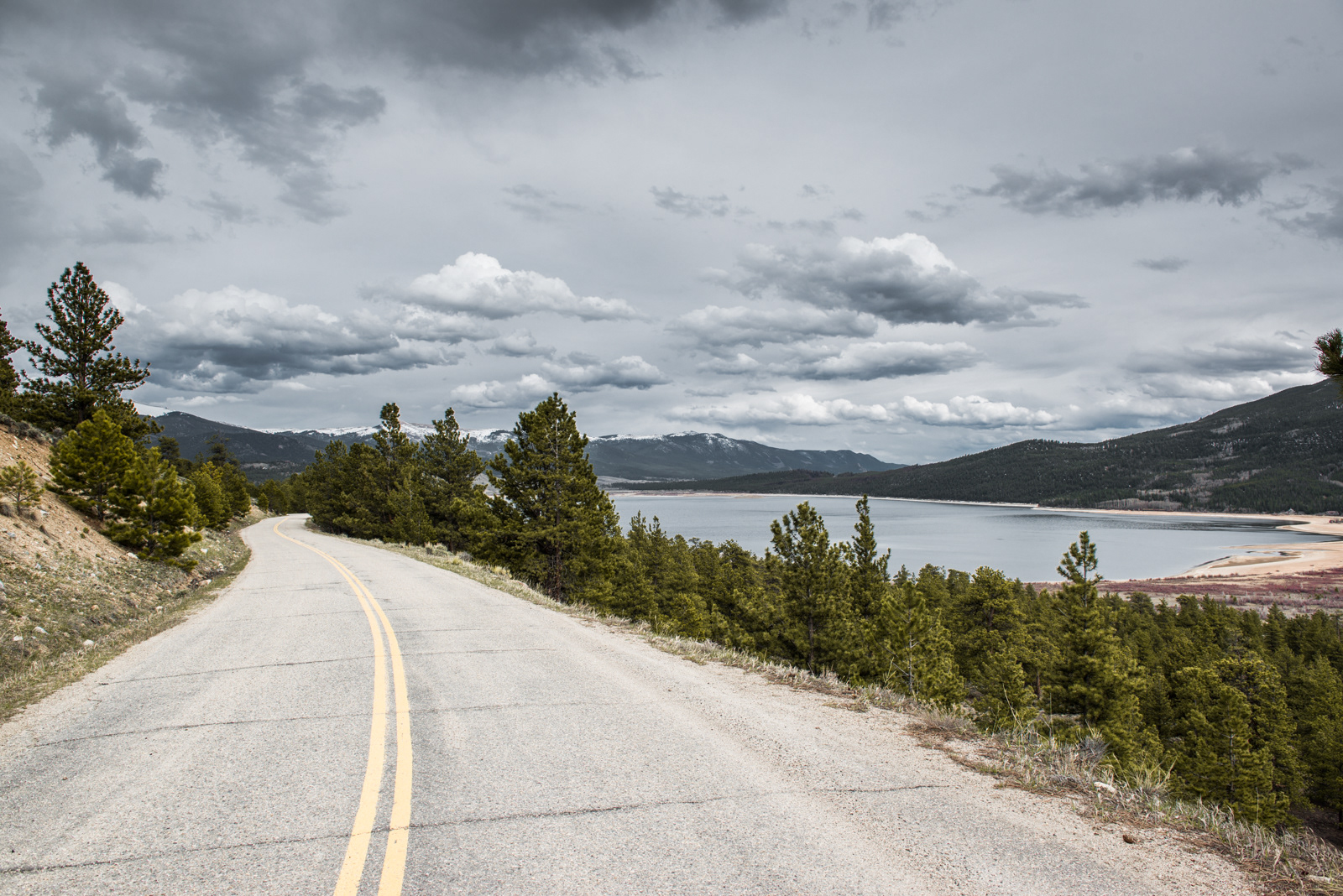

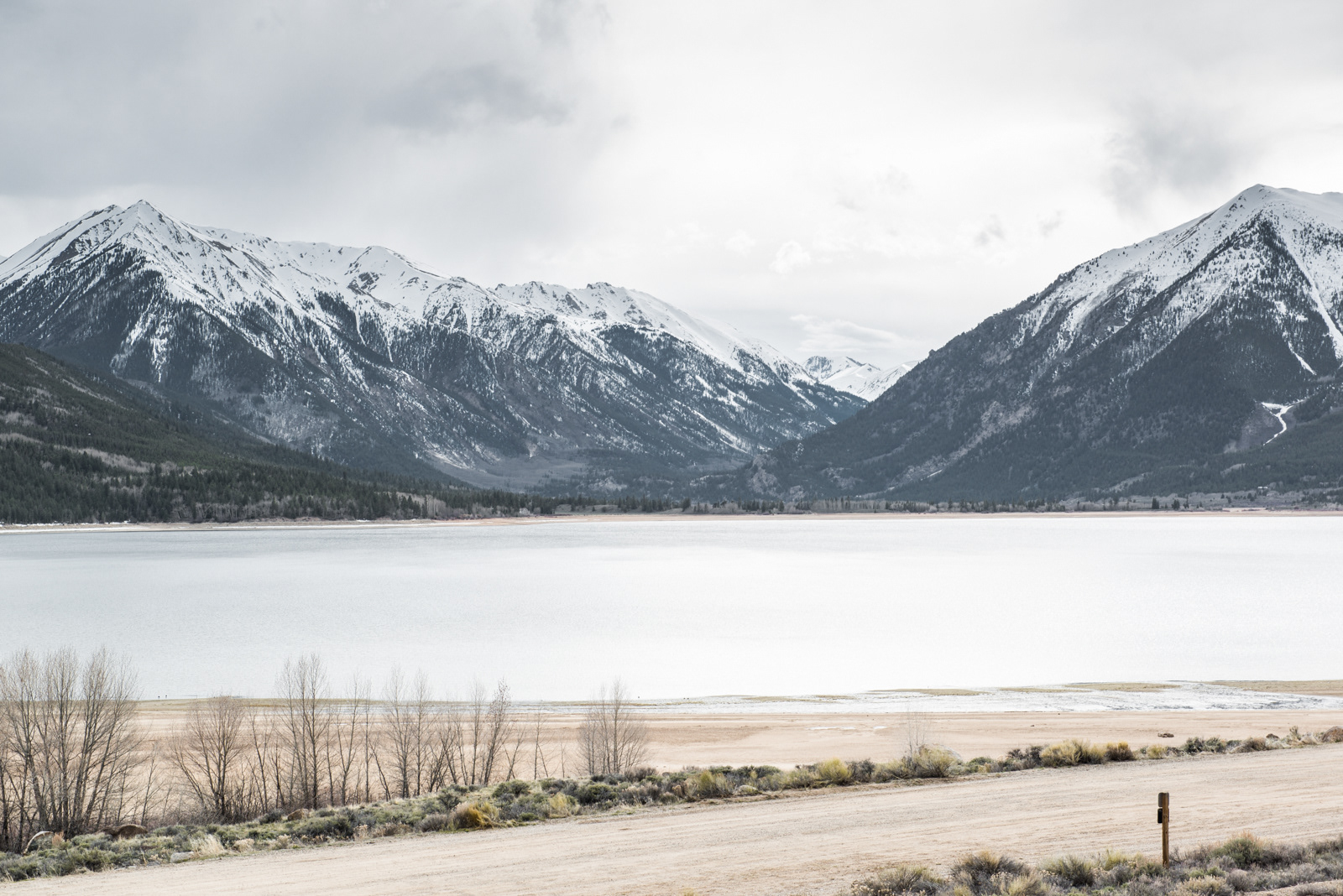


Utah
Arches National Park
Arches National Park is one of my favorite national parks in the USA. I had visited Arches 10 years prior on a visit to Utah where I ran a 10k race (Moab half marathon). I visited both Canyonlands N.P. and Arches N.P. but was definitely more impressed with the latter. The hike up to delicate arch is a special one and fairly uncommon, as you are mostly walking on pure rock. The views with the La Sal mountain range in the background are breathtaking. The hike to delicate Arch is probably one of the more popular things to do in the park but there is much more to explore. The infrastructure and the design of the park is well-organized, there are several sensible routes you can take and many of the sights and attractions have cut outs, parking lots etc. so you can plan your visit and decide which hikes / viewpoints you want to do and see. Since I had already been and we still had to drive out to St. George Utah on the same day while coming from Grand Junction, CO, we stuck to some of the standard viewing points and easier hikes with exception of delicate arch, which I had to see again. To be fair you probably want to take out a full day to see the park if not more and also spend some time in the area and perhaps see Canyonlands N.P. as well. Staying in Moab can be pricy though and there are not that many options around in the area. That's something to consider when planning your trip. We also opted for the America the Beautiful pass, which grants you access to all main National Parks for a fixed price. This is always a deal to go for if you plan to visit more than one National Park, because from then it pays for itself. And since the Interior West is full of beautiful National Parks, it's really a no-brainer.






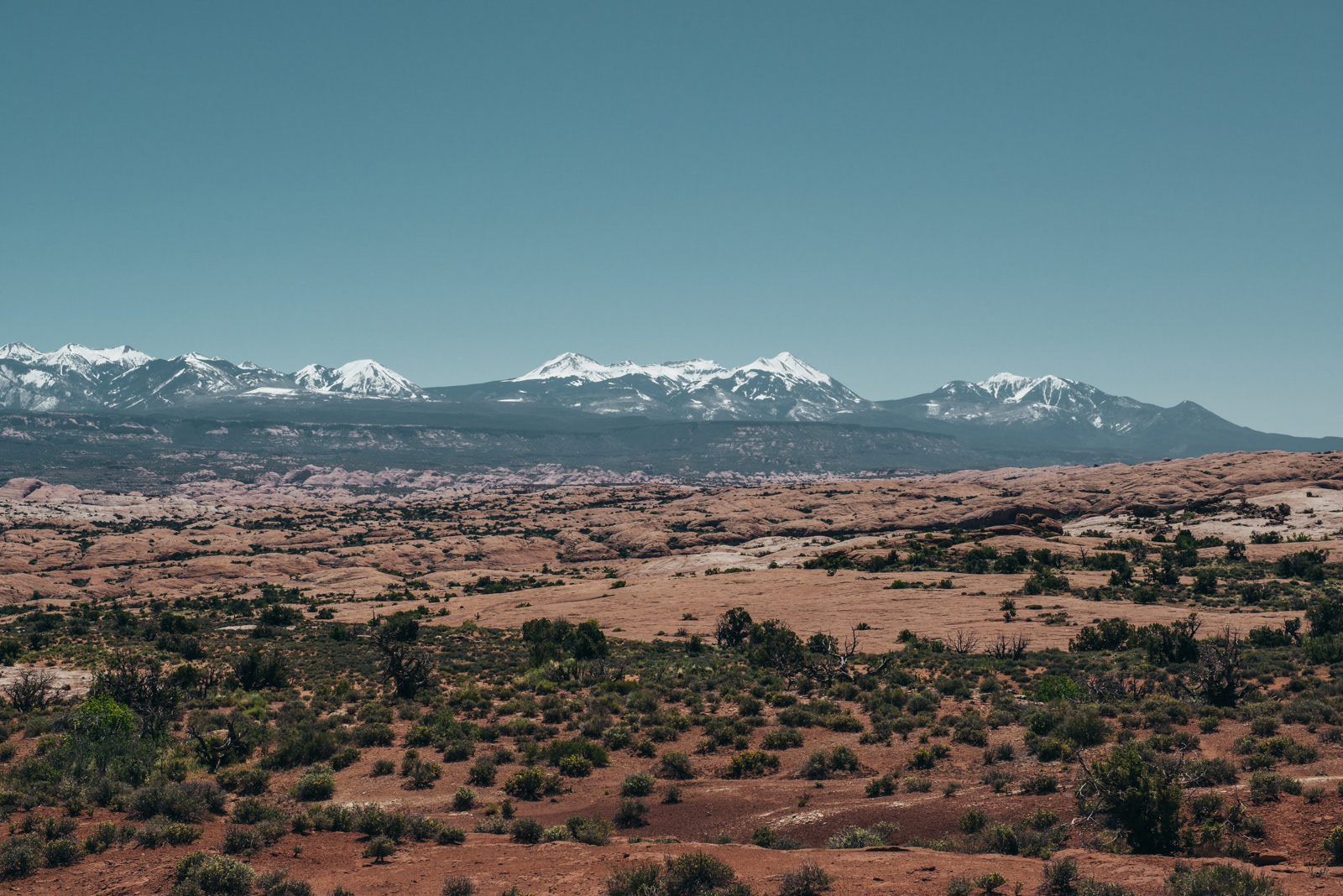



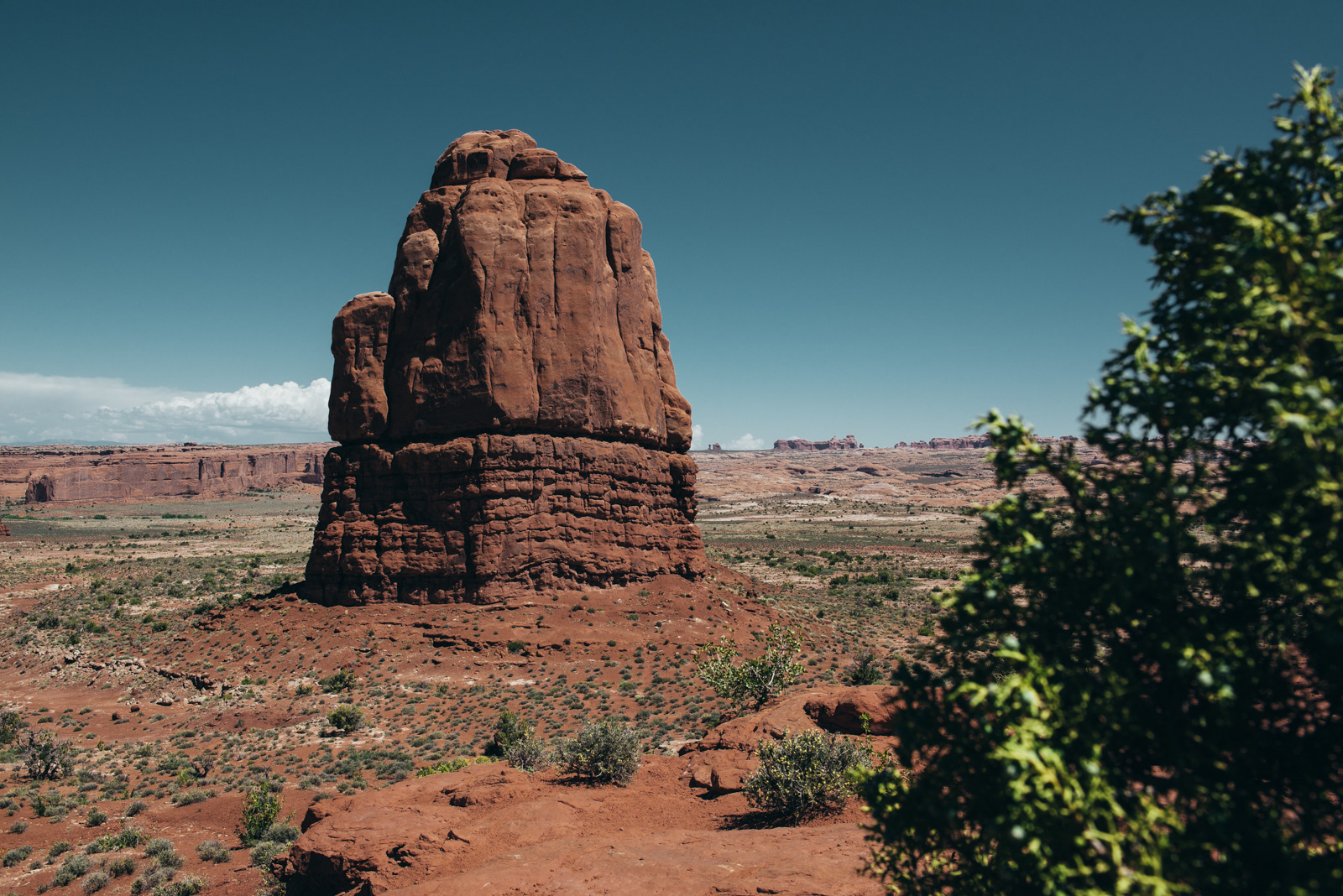



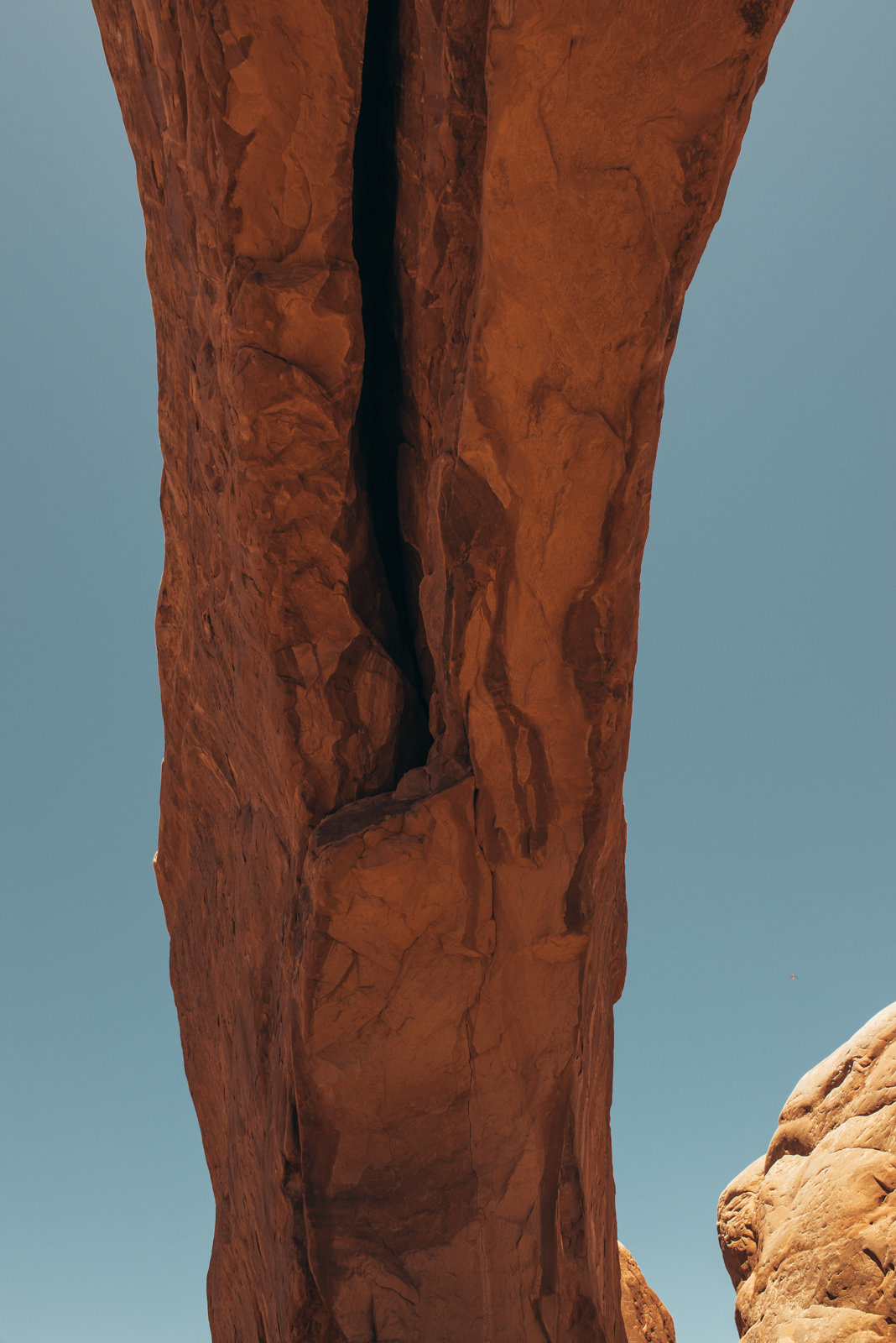





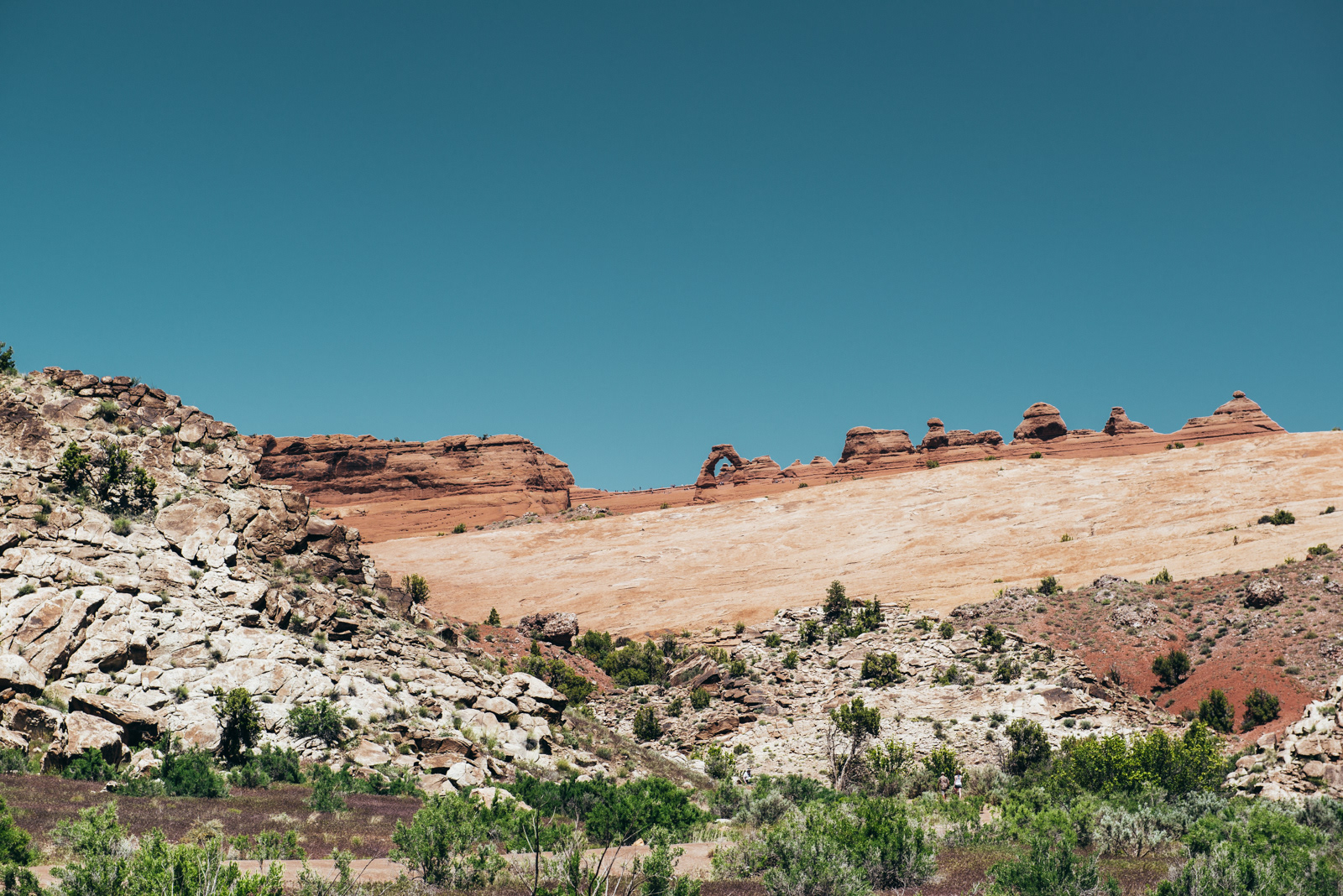




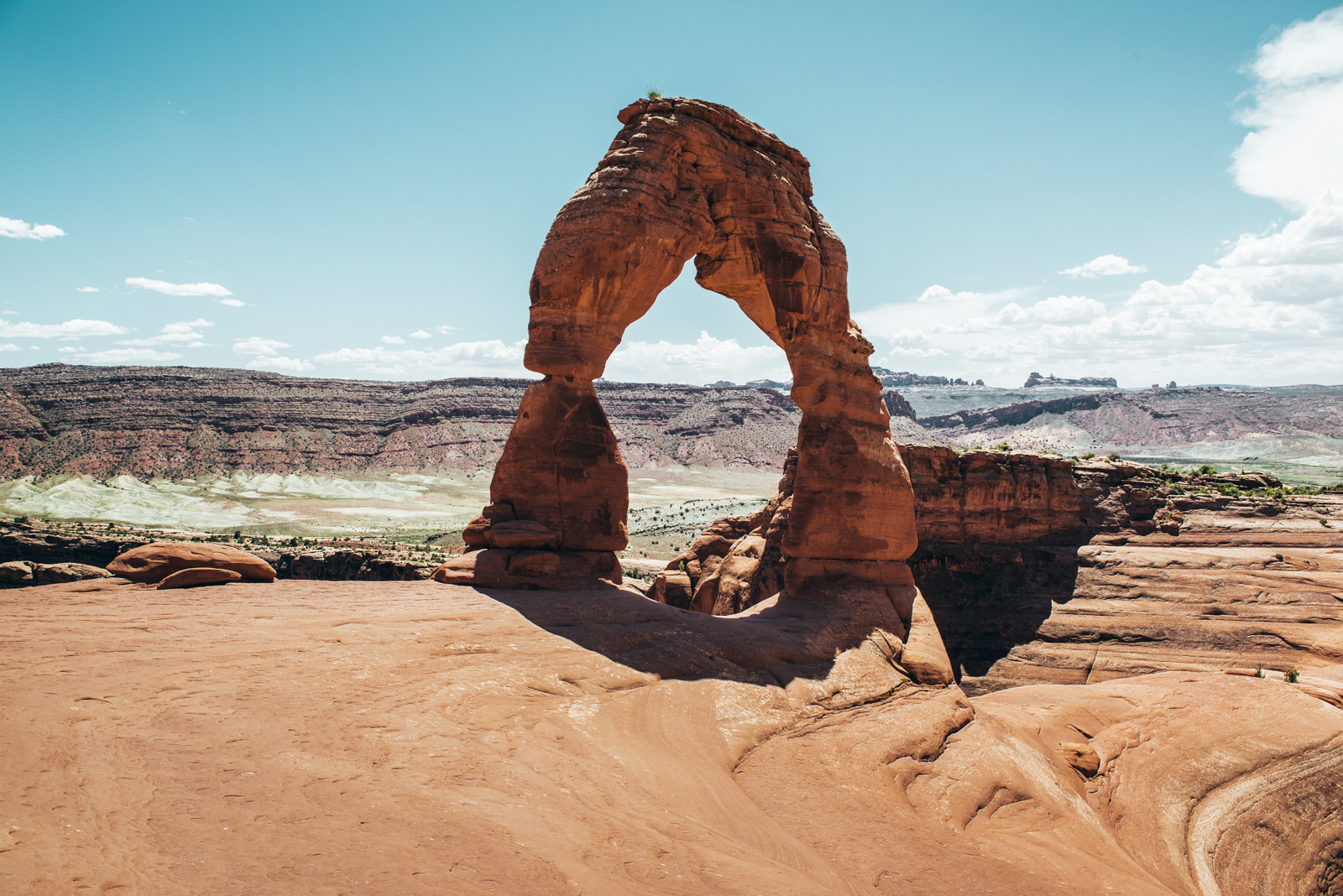


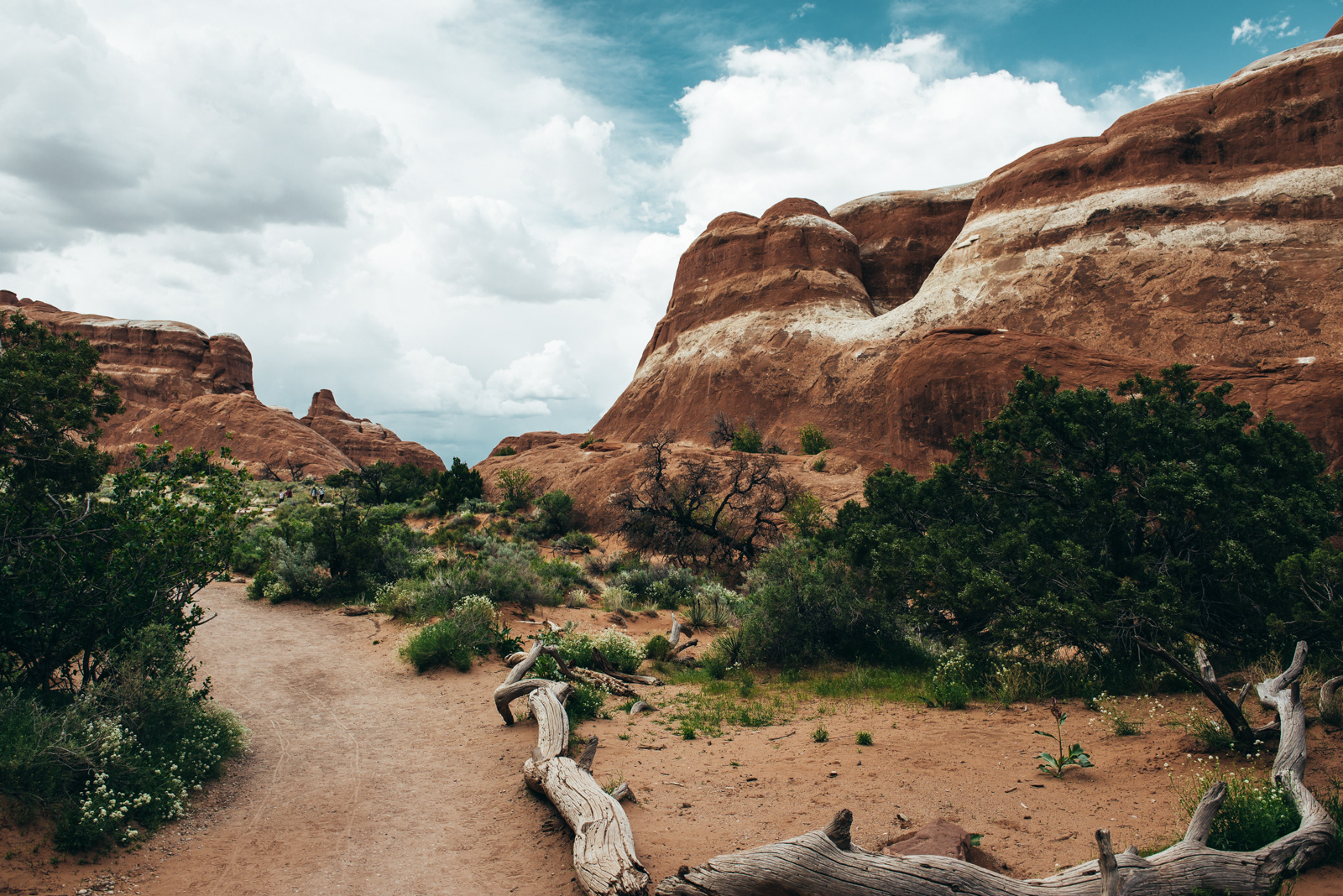
Driving Utah's US 12 Highway
To get to St. George in South Utah we opted to take US Highway 12 through the heart of Utah. It was recommended to me by a colleague as it's a very scenic road. It also adds on some significant driving time though and conditions can be unreliable on some parts of the road, at least that's what we experienced. The faster way is definitely via the Interstate, even though geographically it's a detour. It is for a reason, since US 12 leads through the mountainous desert landscape of central Utah and is therefore also very beautiful. Make sure that you fill up beforehand because this area is super remote with at most times no cell service. The winding road through the desert landscape is amazing, although I would take out a full day for this if you plan on driving it. We left Arches around 3-4 PM so it got dark for the last part of the road so we didn't get to see all of it. In hindsight I really underestimated this drive or we simply stayed too long in Arches. There are also many turn-offs on the road and natural attractions on the way like Capitol Reef National Park, which we didn't get to see. Below are a few impressions of our drive on US 12. Going from moderate weather into a rain storm was wild, the skies looked amazing.




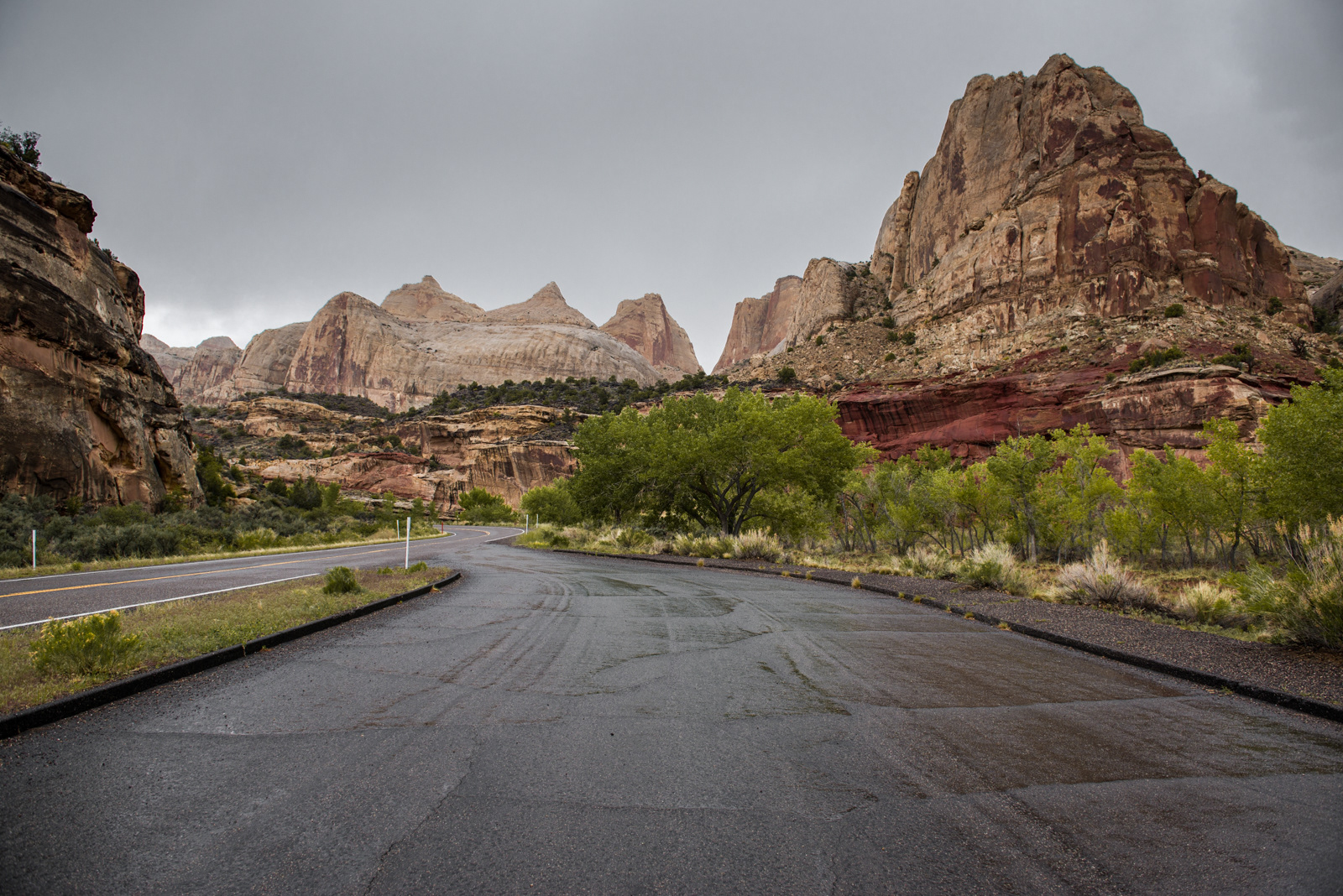





Zion National Park
Moab was as far as I had been in Utah, so I was really excited to explore this area of this beautiful state. Zion National Park had been high on my list, some of the earlier Apple OS Backgrounds remembering me of this occasionally. Zion is one of the most popular national parks in the USA so it makes sense to put some time in planning your visit. Come early to claim a parking spot outside the park's entrance because in most months there is a shuttle service that you can use only to get around. Driving into the park there is only access to certain viewing points and trails, for instance the canyon overlook trail. I wasn't too aware of this to be honest and drove out there with the assumption we could drive around and be flexible. However, seeing the amount of visitors, of course this wasn't going to work. There wouldn't have been space to park anywhere and you probably wouldn't want that much traffic in the park anyway. So the shuttle service is actually a great thing, although it does take some time to get around. Plan beforehand which hikes and viewing points you want to do and see and don't expect to be able to do everything in 1 day, you'd probably need 3-4 days if you really want to do EVERYTHING. We spent about 1.5 days and did some of the basic things. Although Angel's Landing would have been great, we just weren't prepared and it would have pretty much taken the entire day.
We took the shuttle out to the last stop which is the Narrows trail. Here you can hike into a gorge and if you want to do the full hike, expect to get your feet wet. We weren't equipped for this so did the first few miles until the shallow river part and then returned. We then did a part of the Weeping Rock trail before stopping for lunch at the Zion National Park lodge. From there there are a bunch of things you can do, we opted for the Lower Emerald Pool trail and then continued to the Court of the Patriarchs viewpoint. We then returned to Springdale and hopped into the car and drove out to Bryce Canyon National Park for sunset. The next morning we would return and drive up to the Canyon Overlook trailhead through Mt. Carmel tunnel. This is a part of the park you can access by car. We got very lucky with a parking spot at the trailhead, but this is usually not the case. This is a really fun and easy to hike trail with amazing vistas of Zion. Basically Angel's Landing for those who don't want to put in the hard work. This was in a nutshell of what we saw in the park, knowing there is much more to be explored. Hopefully we'll be back sometime.



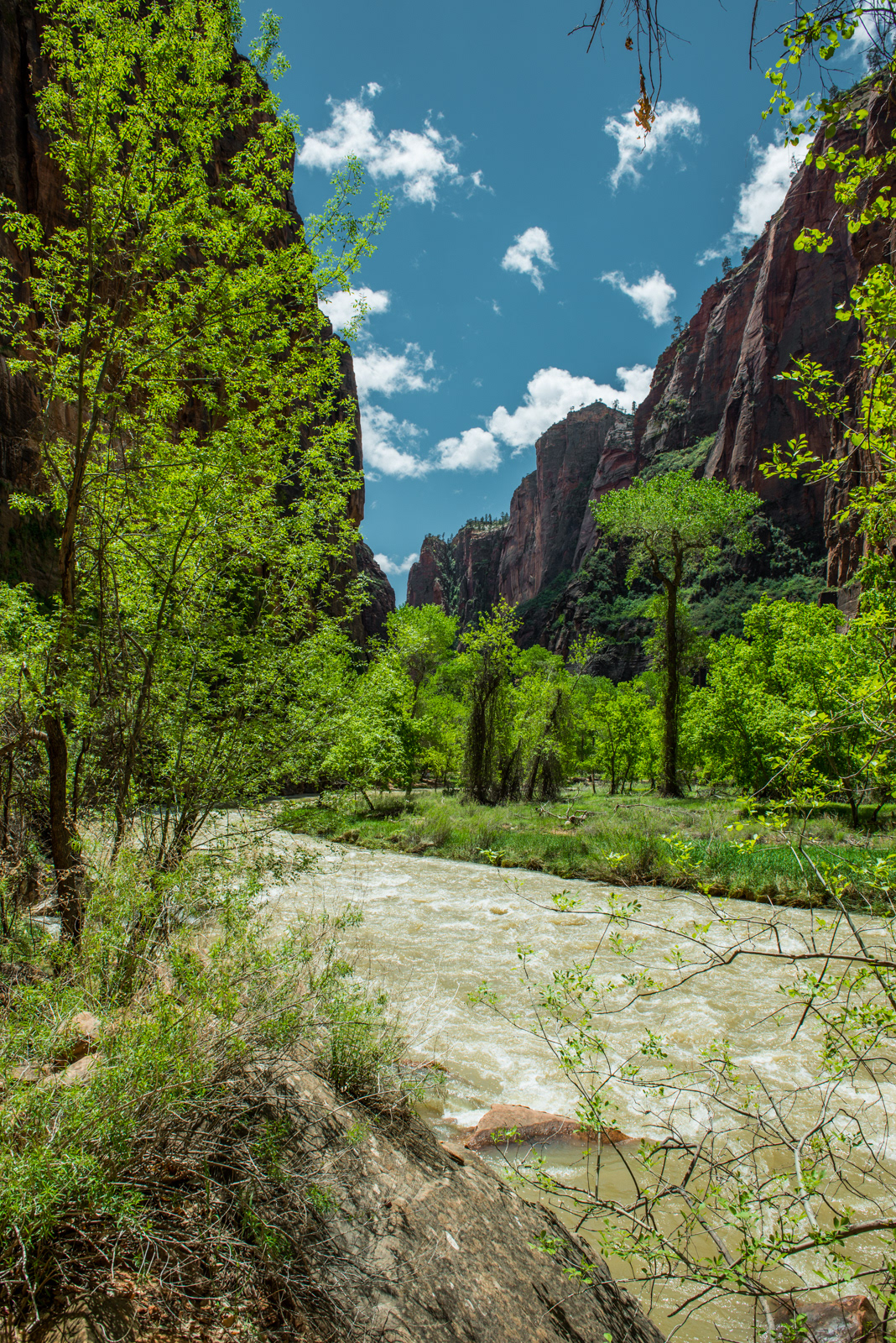



























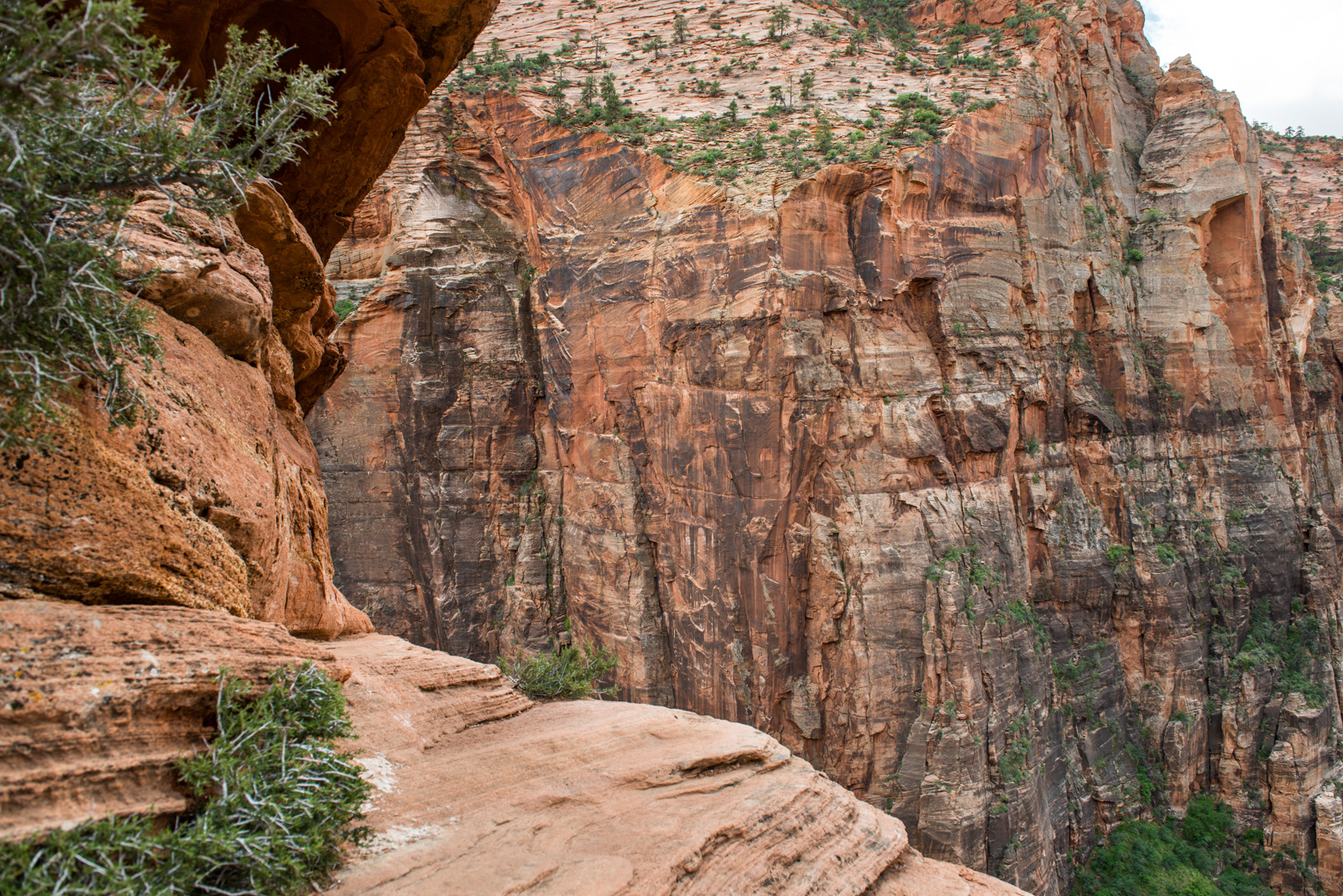




Bryce Canyon National Park
This is a special National Park. It's basically long in terms of shape with a single road towards the end and back with many viewpoints and trailheads on the way. The crazy thing about this park is, that you are at almost 2.000 meters altitude for most of the time. I didn't realize this at first, also because it's called 'canyon'. As a result it was also really chilly, even though we were there in the middle of May. There was still snow towards the very end of the road in the park. The views were amazing though and this national park comes very close to Arches in terms of infrastructure and accessibility. Of course we only had late afternoon and evening to explore so we only saw some of the basics, leaving plenty of reasons to some day return to this beautiful park.
After entering the park we left Sunrise and Sunset points for what it was, knowing we wanted to return at sunset. You really have to pick and choose if you are on the clock, so we continued to Farview point and the Bryce Natural bridge. Continuing onwards we did most of the viewpoints towards the very end and also hiked down a bit at one of the trailheads, although I'm not sure which one. We then ultimately returned to sunset point for sunset and then drove back to St. George in the evening. To do the park justice and actually properly hike some of the trails I'd recommend 1 day minimum at Bryce Canyon with an early start.




















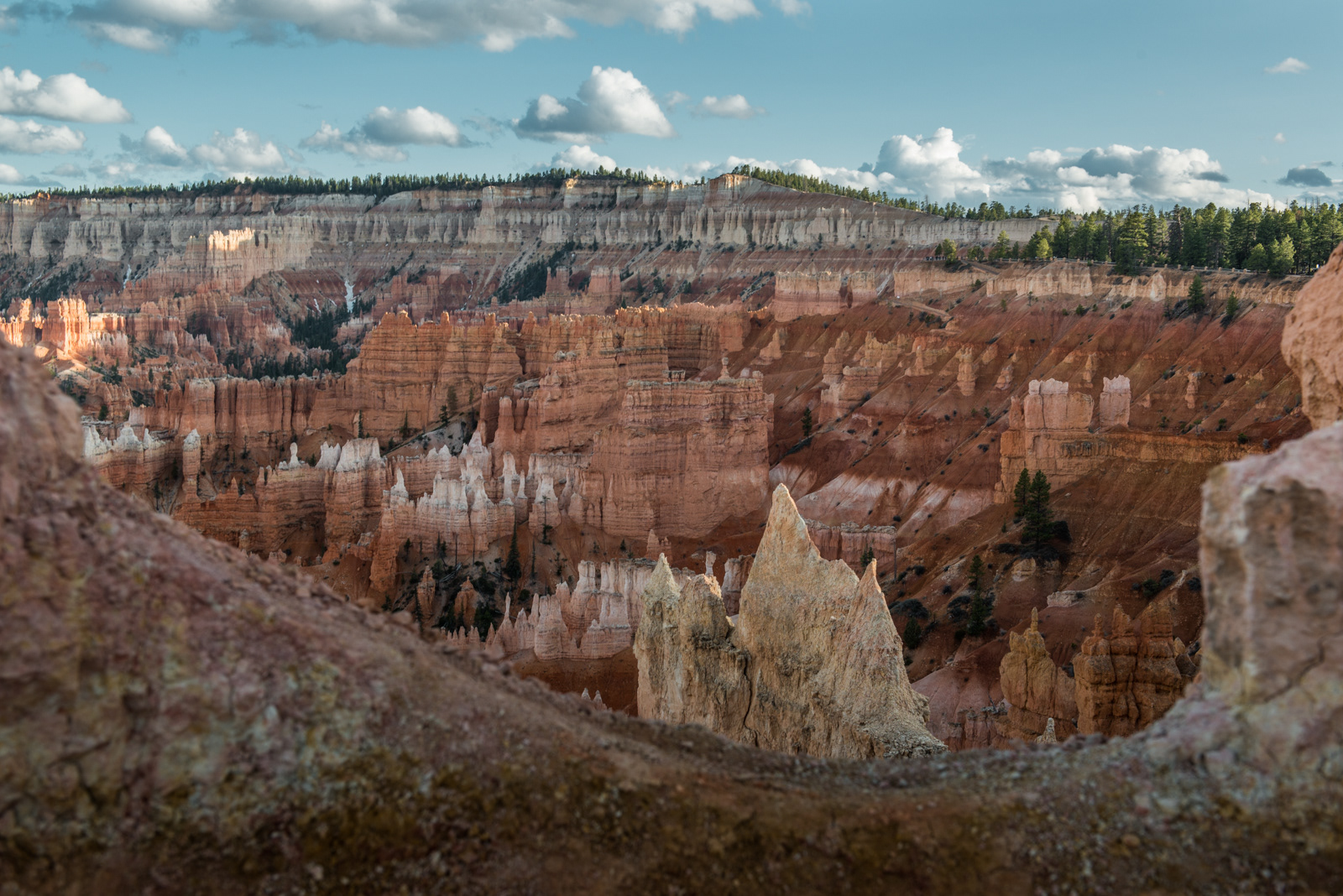

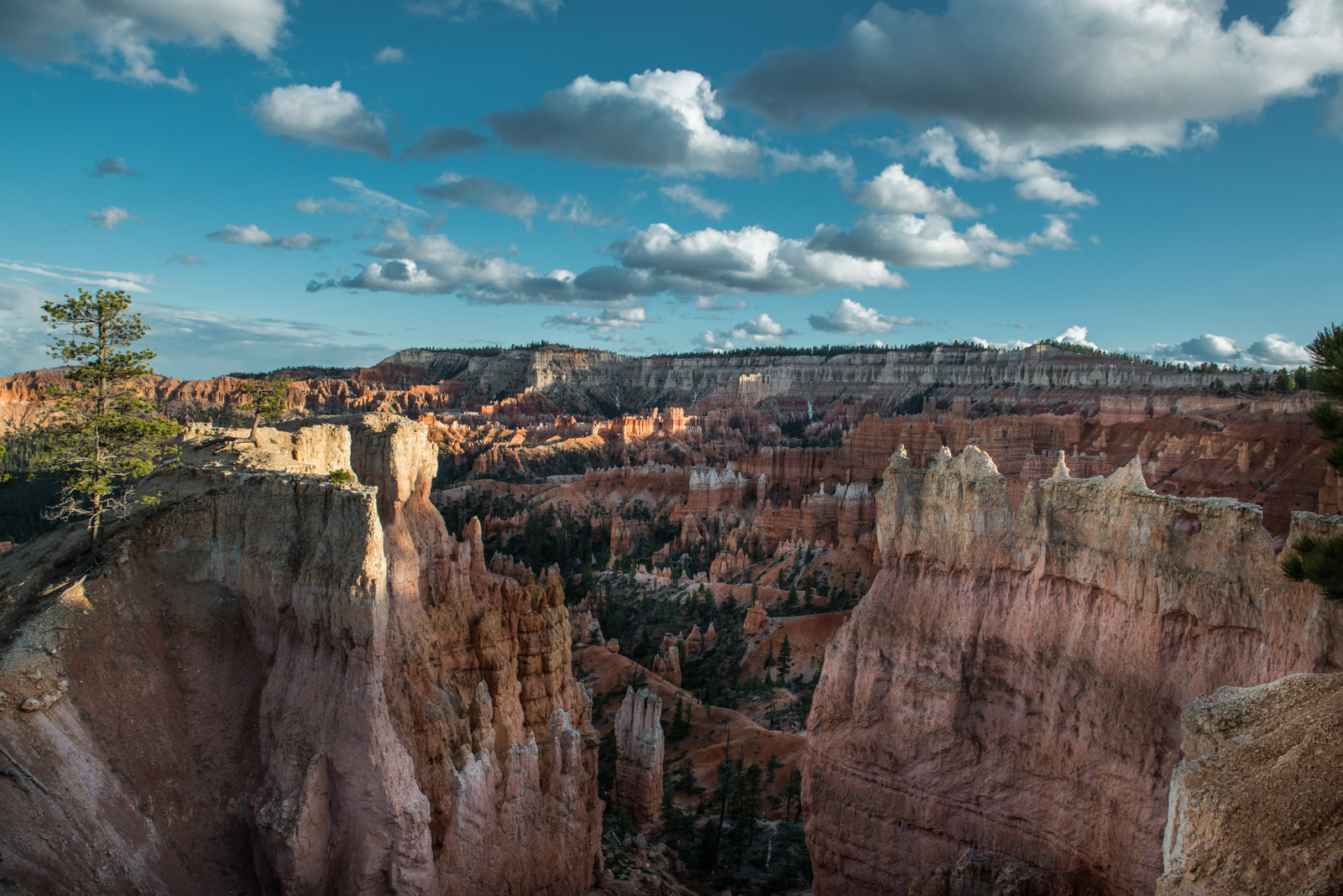















Nevada
Exploring Valley of Fire State Park in Nevada
Valley of Fire State Park
One of the things on my list for Nevada this time was Valley of Fire State Park after seeing it pass my Instagram timeline several times. The red rocky landscapes look absolutely surreal and it's a lesser known state park in comparison to some of the nearby National Parks like Zion and Bryce. Although to be fair, partly because social media has heavily popularized it, it's usually on anyone's list who is visiting the Las Vegas area for a longer period of time. And righteously so, because the hustle and bustle of Vegas can get exhausting at times and the Valley of Fire is only an hour's drive away or so. Entry back in 2019 was $10 and since we spent the morning in Zion we arrived later in the afternoon. It was very peaceful and quiet with very few other tourists in the park, making for even greater photos.




























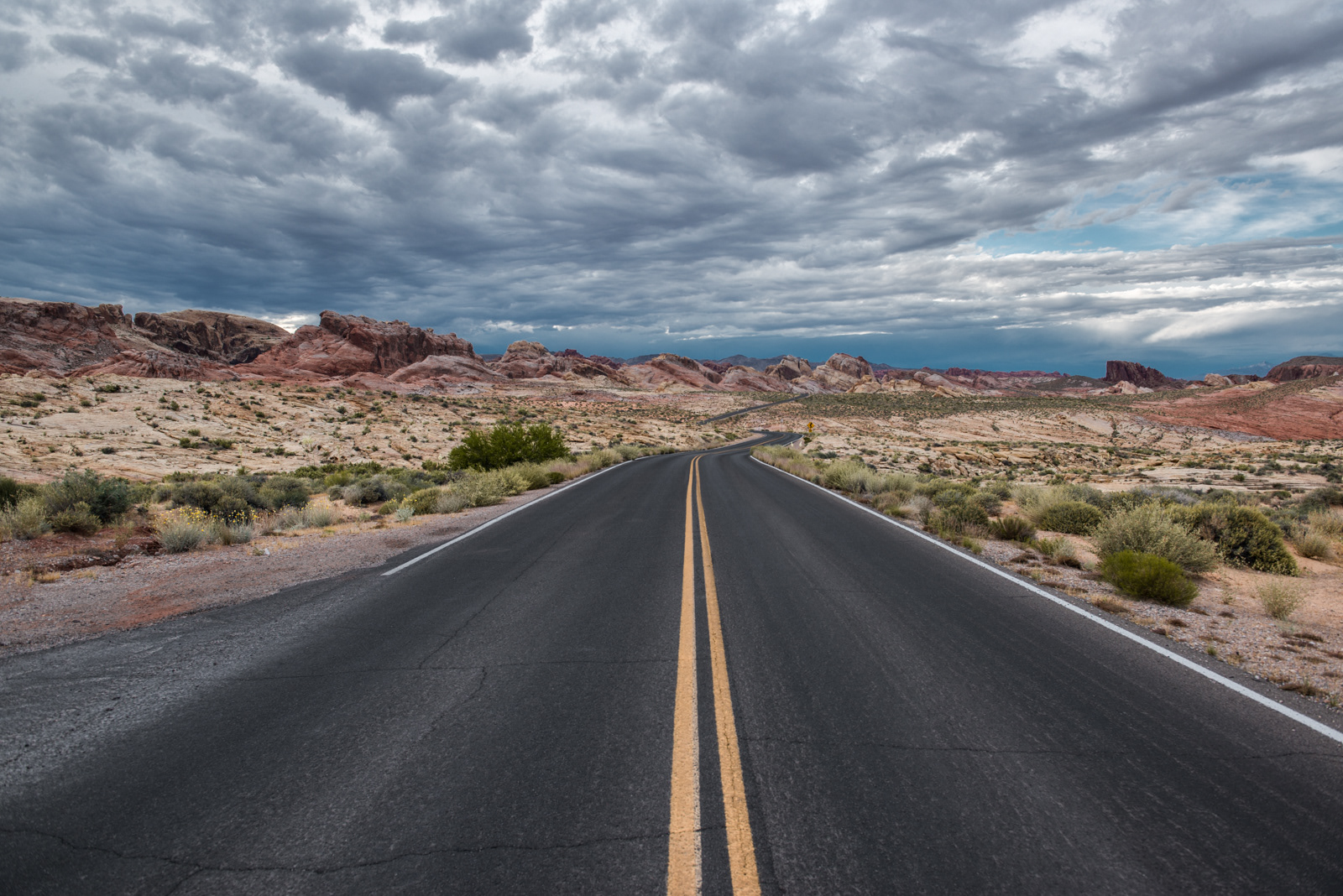







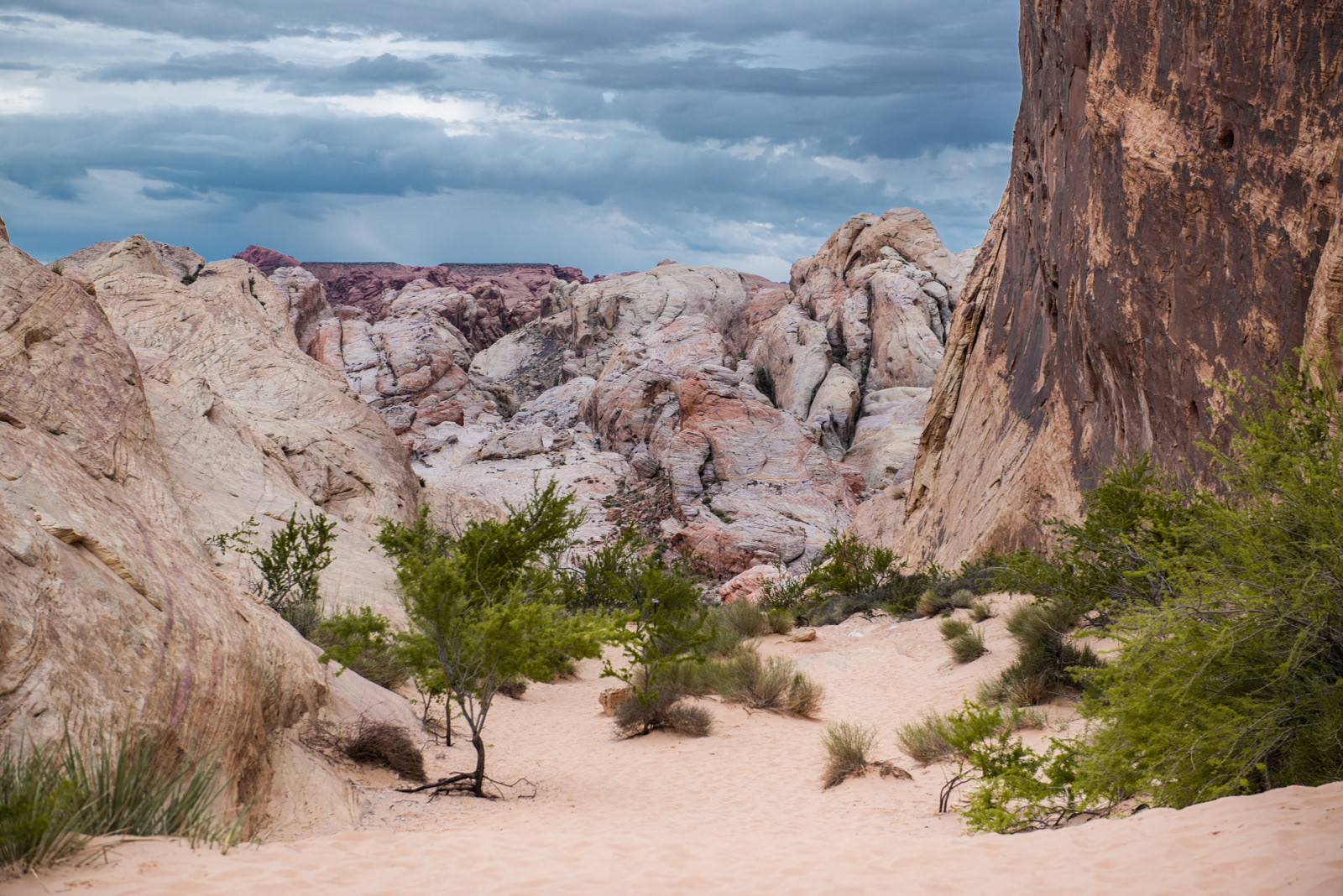


Las Vegas
The Sin City requires no introduction. This was actually my second time visiting. The first time I visited for a few days returning from an intense Grand Canyon rafting and hiking trip. Back then I noticed how affordable the 5-star resorts were. Meanwhile that had changed a bit, although it's still relatively affordable for US standards given that they expect you to spend money in the casinos. We stayed at the Mandalay Bay, a hotel where I stayed at before. It's the big golden resort at the beginning of the strip, depending how you look at it. It's connected underground to neighboring Luxor, owned by the same company. MGM Grand Resorts is one of the few major casino owners in the area. We opted to pay extra for a room with a view of the strip, which was cool. I think in the end we spent about $350 for 2 nights excluding parking.
Vegas in general is fun for a night or 2, but then I personally get tired of it. By then you've seen most of the strip and different casinos are effectively just more of the same. If you're not there to party, gamble or for a special occasion, there isn't actually that much to do. We also went out to the Welcome in Las Vegas sign where we had to line up for about 30 minutes to get a photo.. Yea, unless you don't mind that's not something that I am doing again. We probably spent most time in the Venetian out of all casinos just because of the scale and 'interesting' decor. The Bellagio fountain is of course a must and we went to see a Cirque du Soleil show. We did all that in 1.5 days, that's enough to get a general impression of the Las Vegas vibe in my opinion.
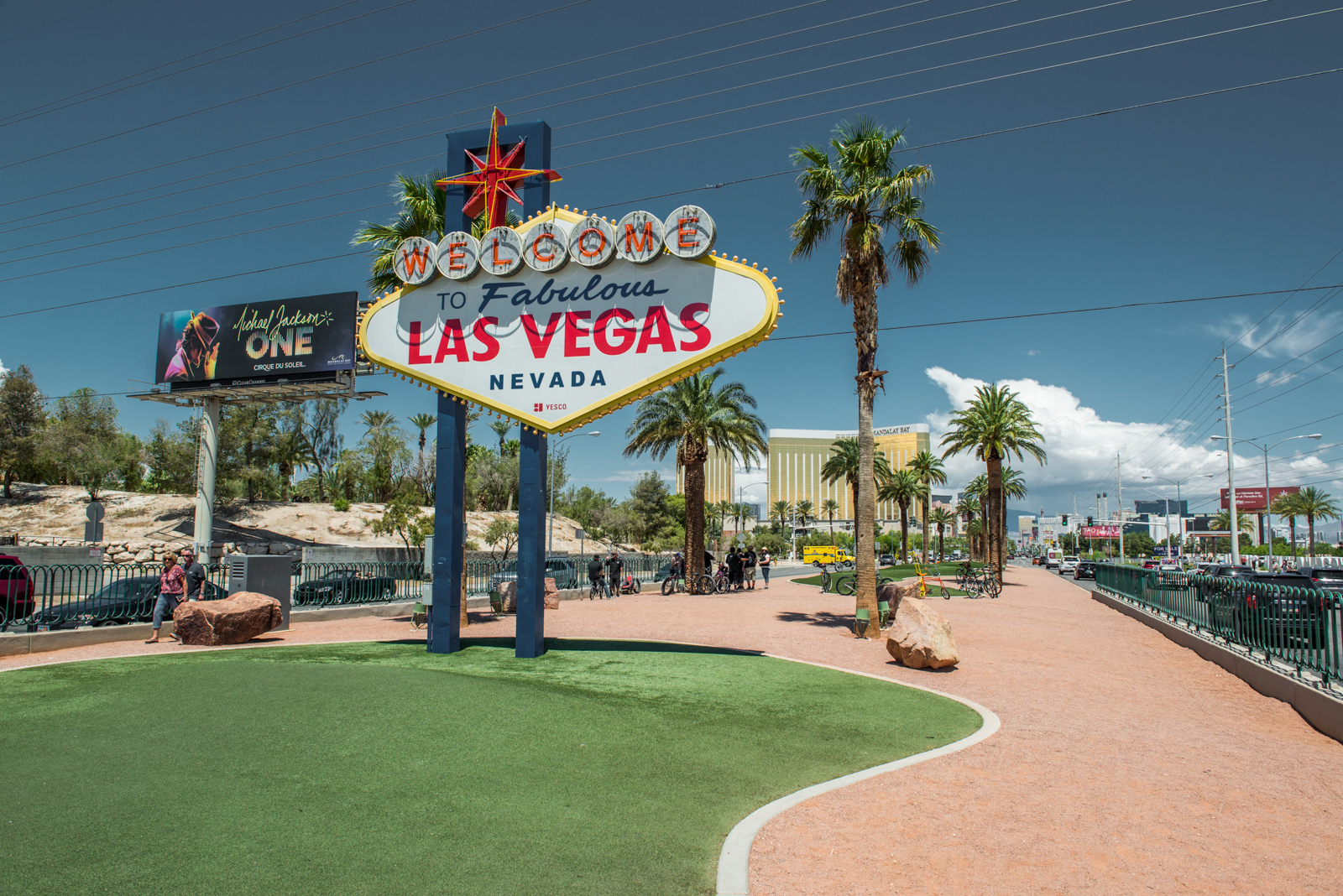









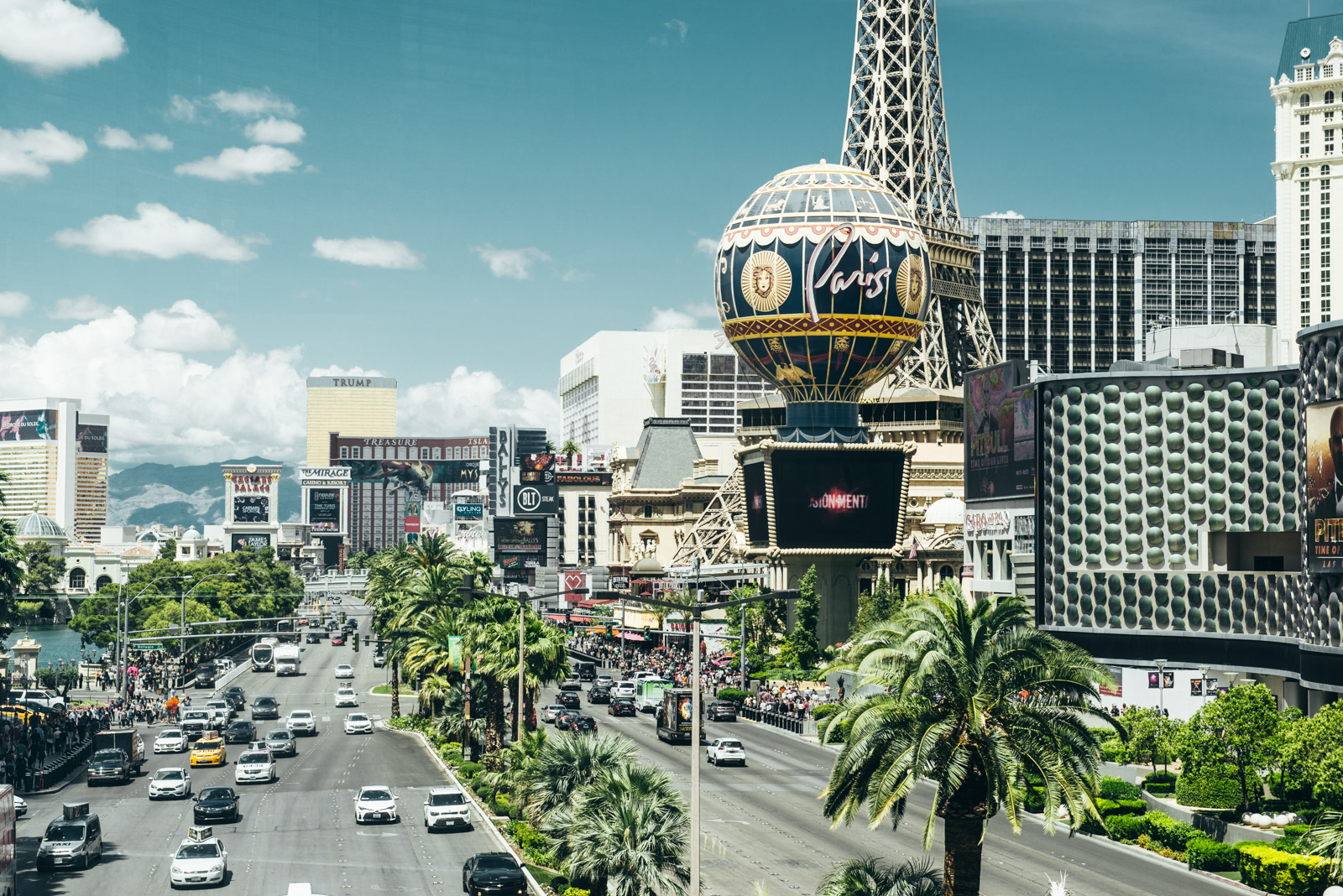







California
Los Angeles skyline by night from Griffith's Observatory
Death Valley National Park
Death Valley and another Californian national park really struck us by surprise on how beautiful it was. Many recommended us to spend our time elsewhere instead of Death Valley as it was supposedly not as beautiful. I'd have to disagree, we were positively surprised by Death Valley and all it has to offer. The main thing we wanted to see was Badwater Basin, the lowest point of the United States at -85 meters below sea level. There are however many other point of interest worth seeing, like for instance Zabriskie Point or the Furnace Creek visitor center. We also drove up to Dante's view, which provides a view over Badwater basin and a big chunk of Death Valley basically.
Towards the end of the day we arrived at Badwater Basin, a good time to visit. It's called Death Valley for a reason and temperatures are 37 degrees Celsius on average for a month like May. During the day in the full sun this can easily exceed the high 40ies and even the 50 degrees Celcius mark in the months July and August. There are heat warning signs out at the trailhead and you may want to consider how far you want to walk in. A sun umbrella may be a good idea. Generally these salt flats are very odd looking but amazing to look at during sunset. We went about a mile or so in and then returned, since we still had to drive out to LA that same evening. Again, I may have underestimated the sheer size of Death Valley National Park here, thinking it was easy to explore on the drive between Las Vegas and Los Angeles. So I'd recommend staying a bit closer and rather take a full day instead of what we did, although the sunset did make for beautiful pictures. On the way out towards Baker we at some point didn't see a single car for about 45 minutes and it was getting dark..






















Los Angeles Metro Area
This was my first visit to California and depending on what type of West Coast trip you do, you either pick LA or San Francisco. Or perhaps both, if you have the time. We went for the southern variant which included Los Angeles, although I really would have liked to do San Francisco and Yosemite National Park as well. We were struggling a little to plan Los Angeles, not knowing what an appropriate amount of days to stay would be. In the end we decided to stay in the area for about 3 nights, which I found to be sufficient in the end. Our base was Anaheim and we explored different parts of the metro area from there. These included Beverly Hills, Malibu, Venice and Venice Beach, Santa Monica pier, Long Beach, Newport Beach, Downtown LA, Hollywood and some driving around in the area including Calabasas and Santa Monica. To be honest I'm not sure how you'd fare here without a car to get around, it would be complicated to say the least. We saw some of the basics and did some typical tourist stuff like walking the Walk of Fame and Rodeo Drive in Beverly Hills. We drove out to Malibu with no plan which also resulted in a pretty eventless visit to be honest, we just stood in traffic a lot and we weren't sure what to do or see there. Venice and its Abbot Kinney Blvd is probably what we enjoyed most in LA.
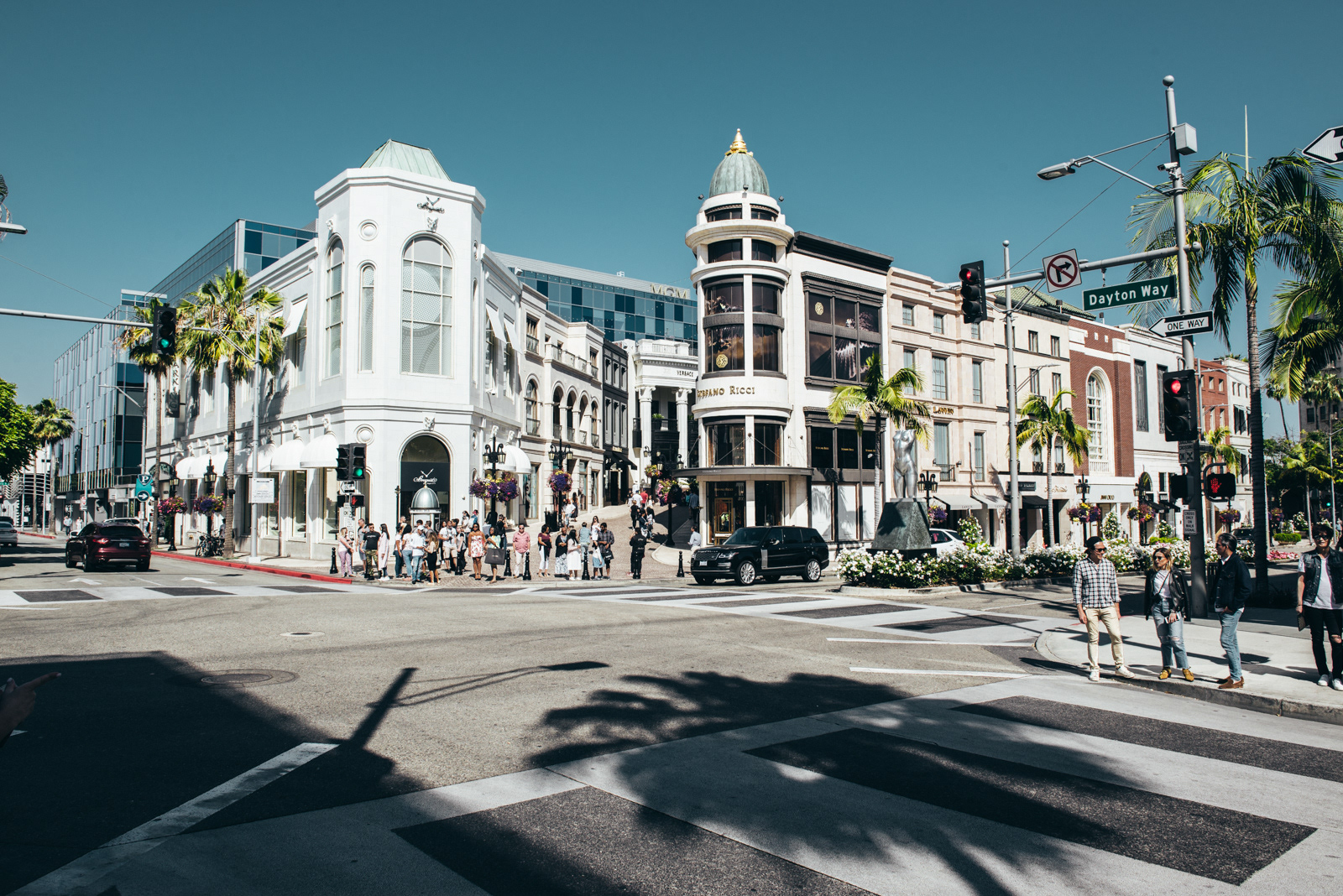









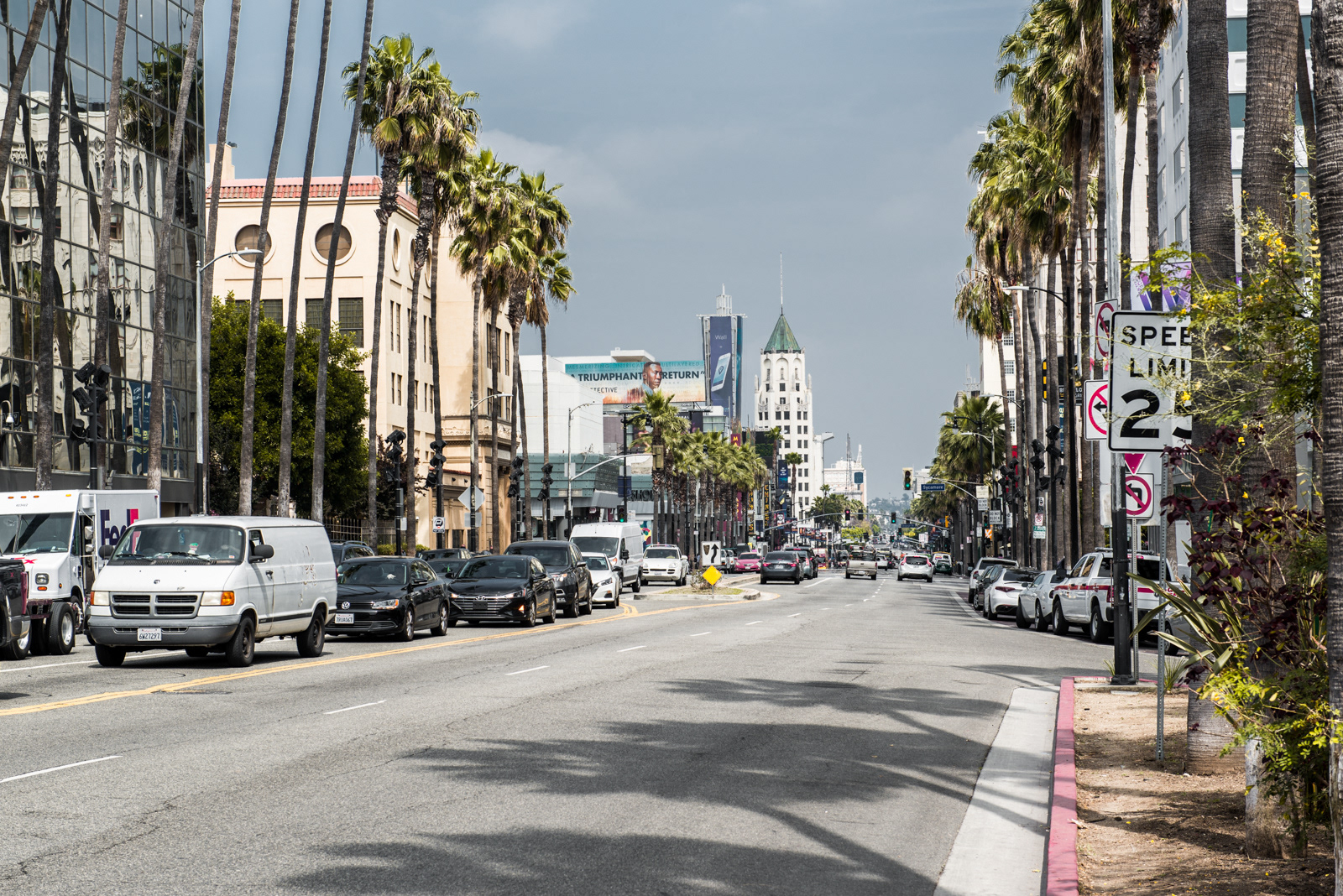
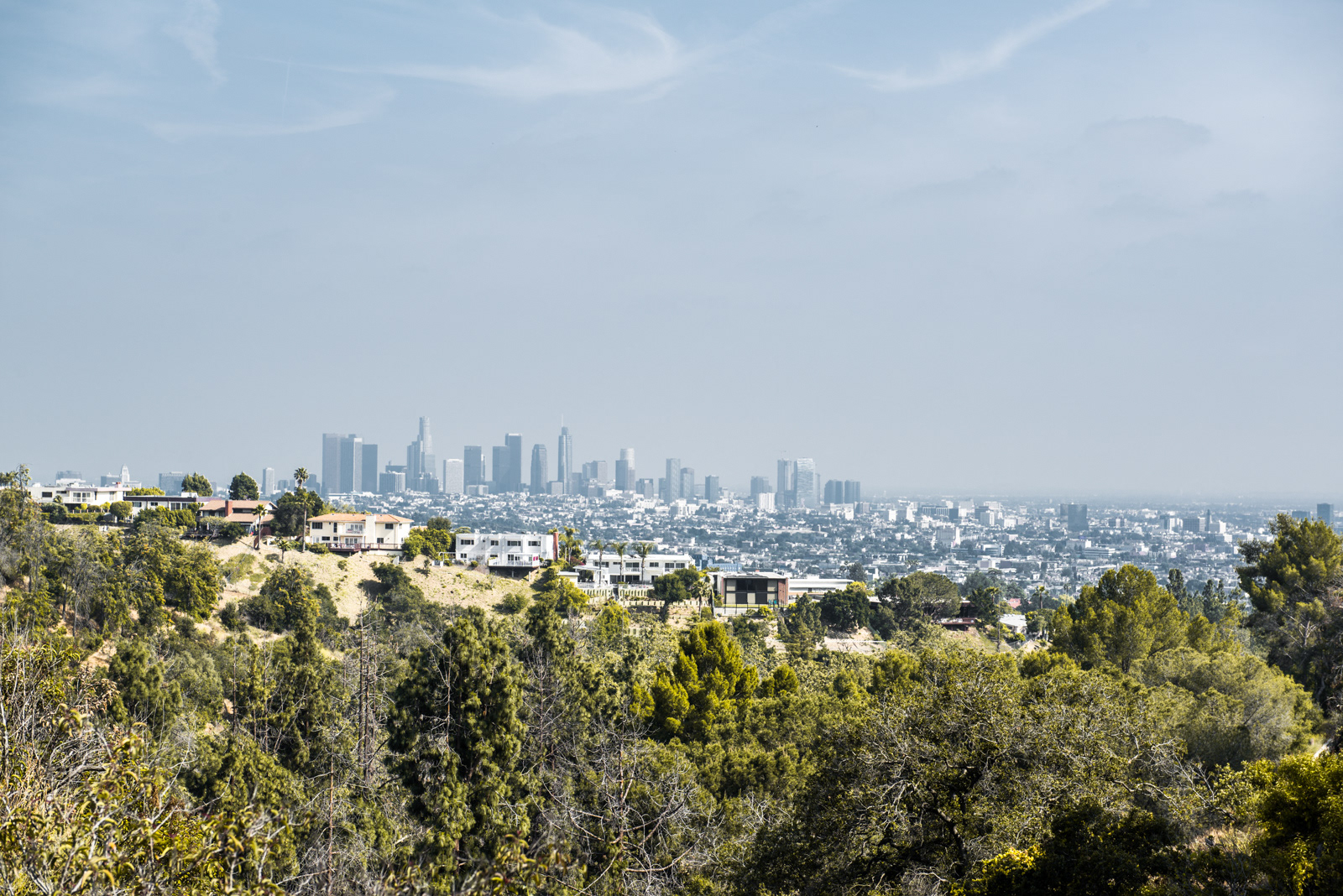












South California
We decided to see a little more of California and head South towards San Diego. We didn't want to stay as far South as San Diego and instead stayed in Carlsbad and visited San Diego on a day trip. Carlsbad itself was a fairly quiet beach town, or at least that was our impression in the month of May. We walked the beach but the weather wasn't on our side unfortunately. Crystal Cove State Park was also interesting to see, although all-in-all I believe that the coast line of northern California and generally North of LA is worth seeing more.






San Diego
San Diego as a city is actually fairly walkable. We also drove out to Point Loma to see the waves crash into the rocky coastline as the sun was setting in the background and found a photo location somewhere outside the city to capture the skyline at night.









Joshua Tree National Park
Together with Death Valley this may have been the national park that surprised us the most. I didn't know much about Joshua Tree National Park or Joshua trees in general prior to visiting and figured: let's just drive through on our way to Arizona. We actually ended up staying way longer than planned and really made an effort in seeing some of the main sights and viewing points in the park. The trees are nothing like you'll see elsewhere in the world and the desert landscapes are just beautiful. The height of some of the mountains in the park is also something I didn't expect, we drove up to some viewing points close to 2.000 meters in elevation. Joshua trees only grow at a certain height and latitude combination in the park, which is very interesting. So there are also large parts of the park that don't actually have any Joshua trees. You can pretty much see cacti everywhere though, some of them are massive. The trails that you can hike are also in amazing condition with board walks and everything. I can absolutely recommend visiting this park, it's totally underrated in my opinion.




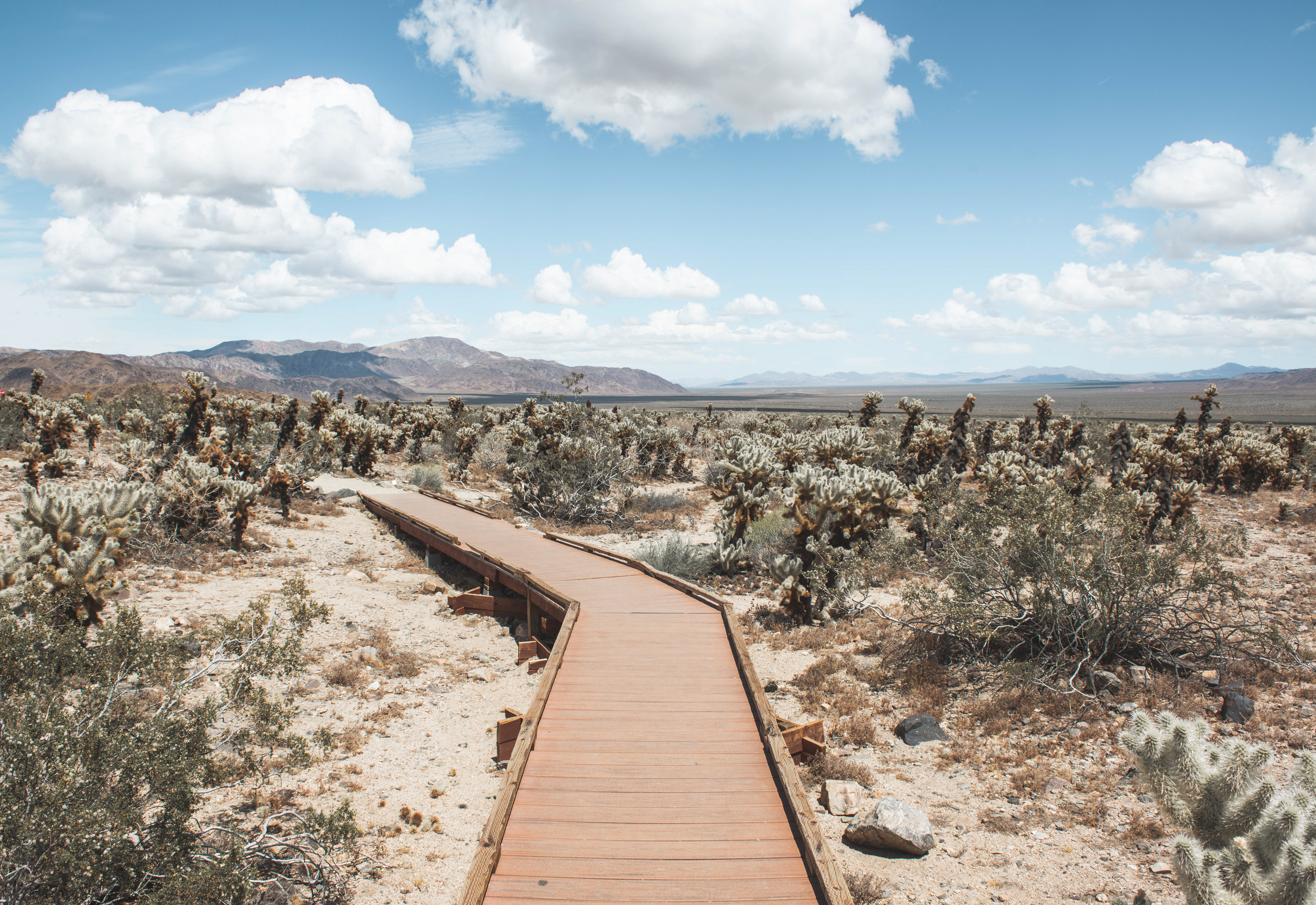





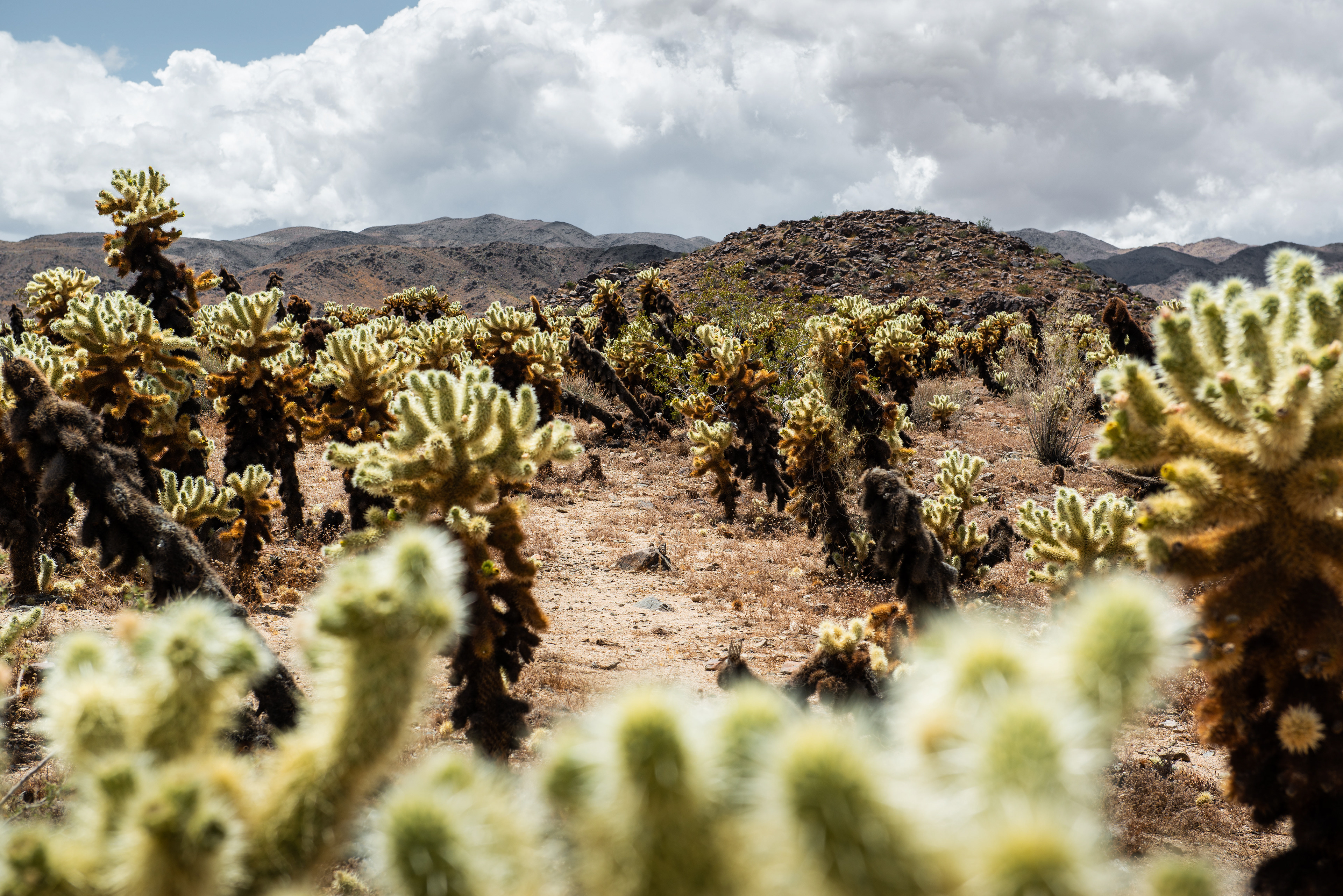



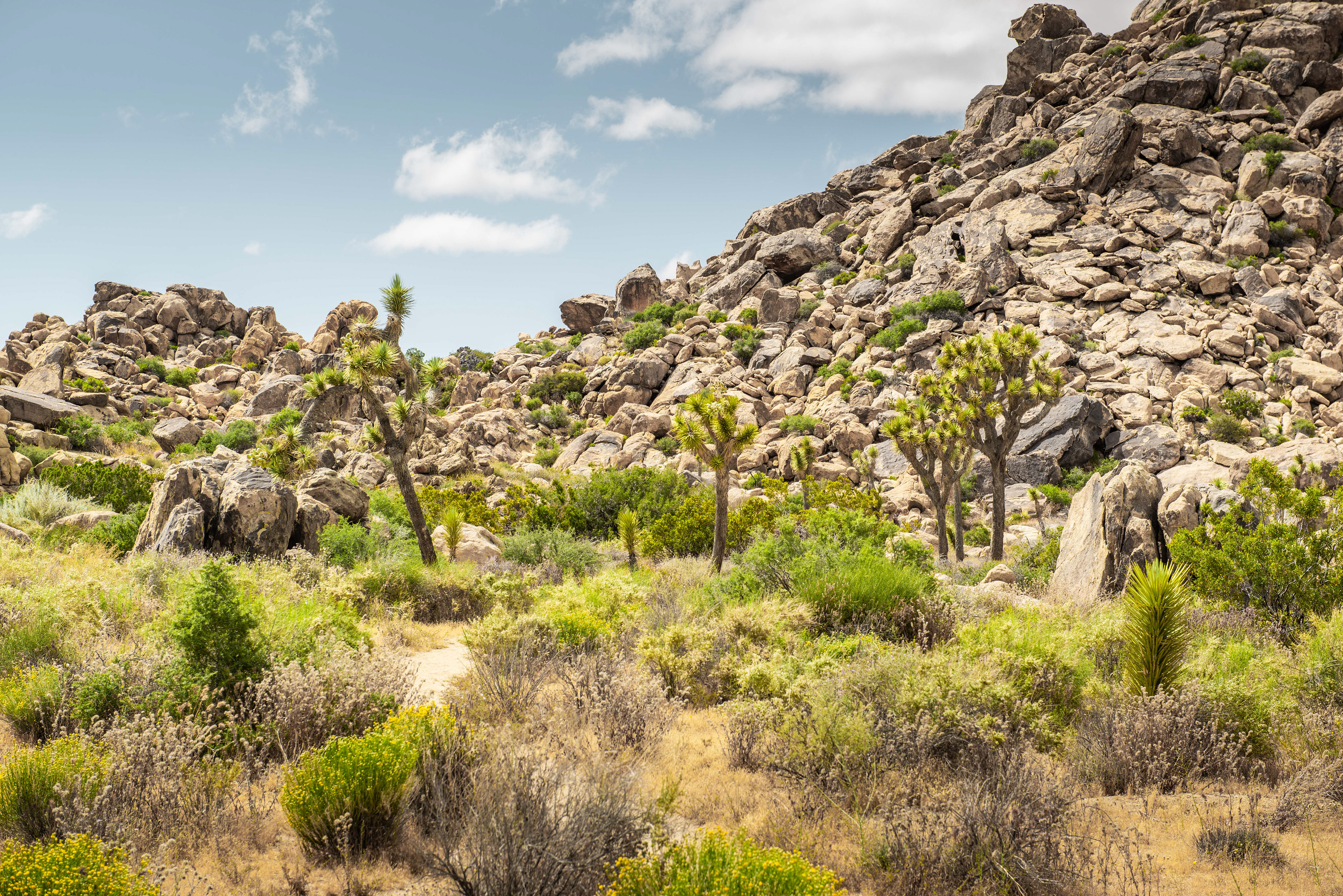

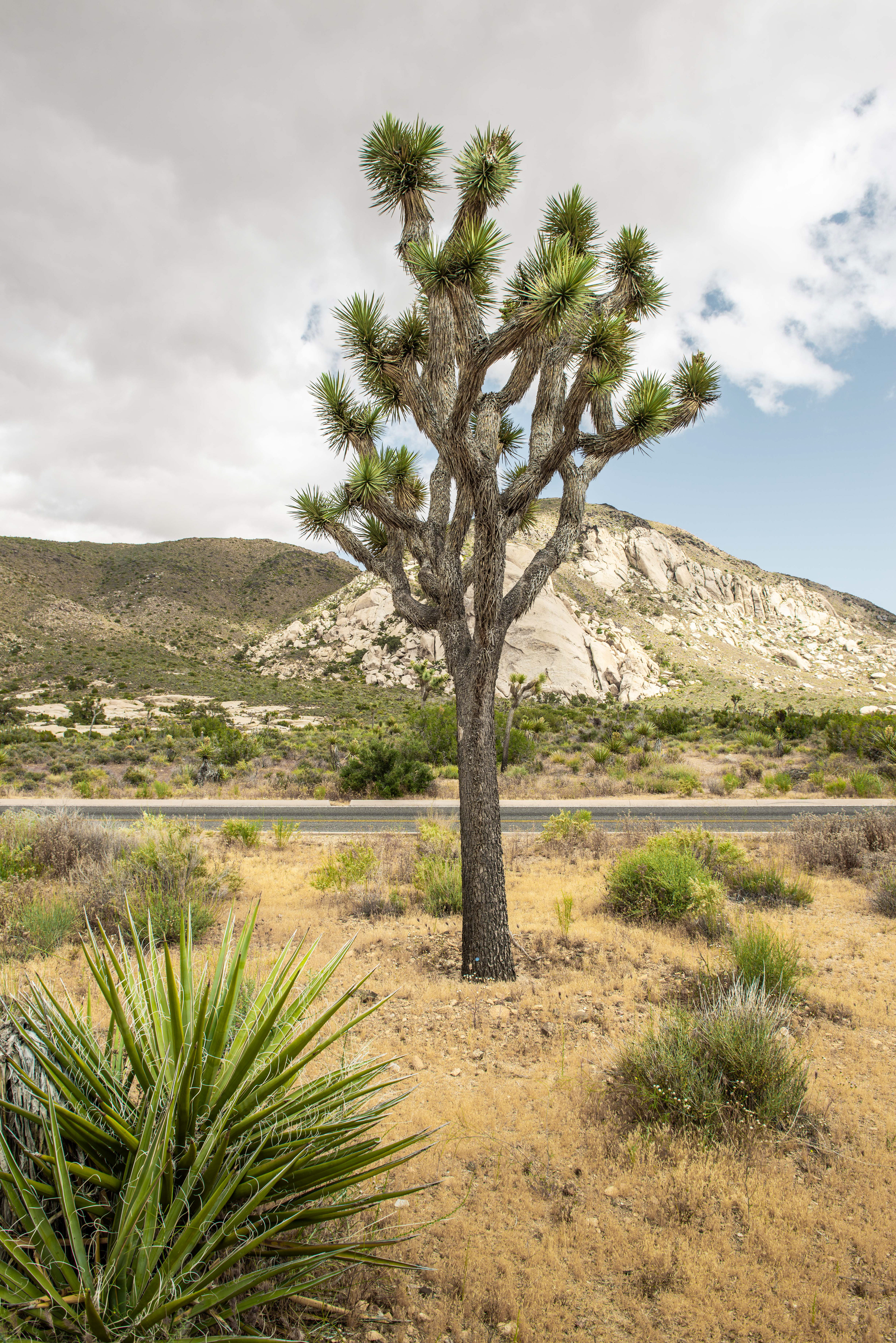







Arizona
A train crossing in rural Arizona
Grand Canyon National Park
The Grand Canyon is perhaps the most iconic natural attraction on this trip. I had been before and experienced the Grand Canyon in a very unique way: by boat. There are rafting companies that offer multiple-day trips in which you get to raft the entire Colorado River through the Grand Canyon, starting in Page, Arizona and ending at Lake Mead in Nevada. I spent a week rafting the Grand Canyon, doing several hikes along the way and really getting the best experience of it. We stayed overnight by camping on the river shore every night. You also had to wash yourself in the river, which was super cold at 10 degrees Celsius. If you ever have the time or chance, this is the best way to experience the Grand Canyon. What most people do though, is seeing it from several vantage points on the southern or northern rim. As we were traveling through Arizona from the South and stayed the night in Flagstaff, we accessed the park on the south rim. We didn't have time to hike or anything since we would continue to Colorado that same day. Again, you may want to consider planning with at least 2 days and more if you also want to see the north rim, which may be even more beautiful. If you really want to challenge yourself you can do the rim-to-rim hike, traversing the Grand Canyon.
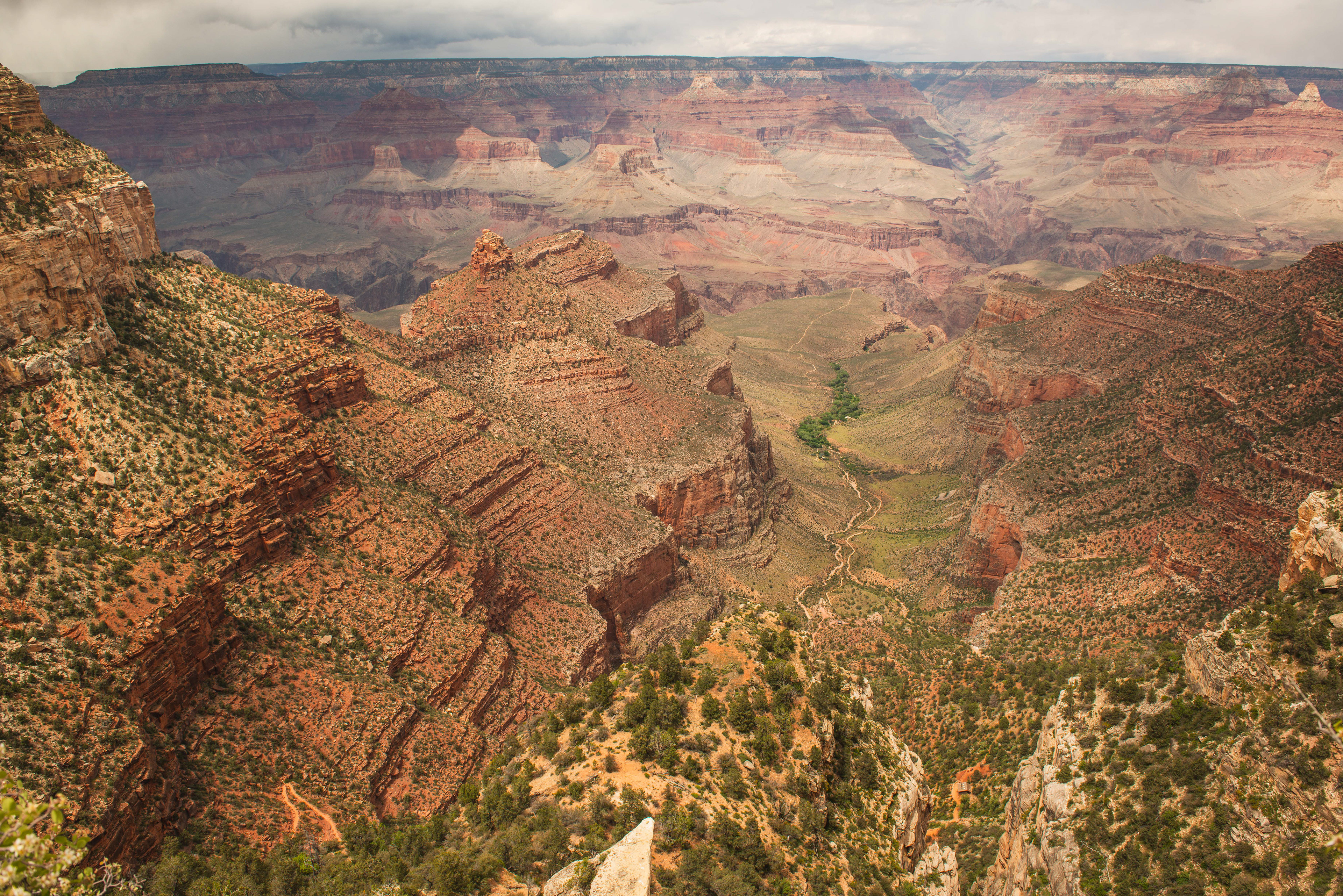


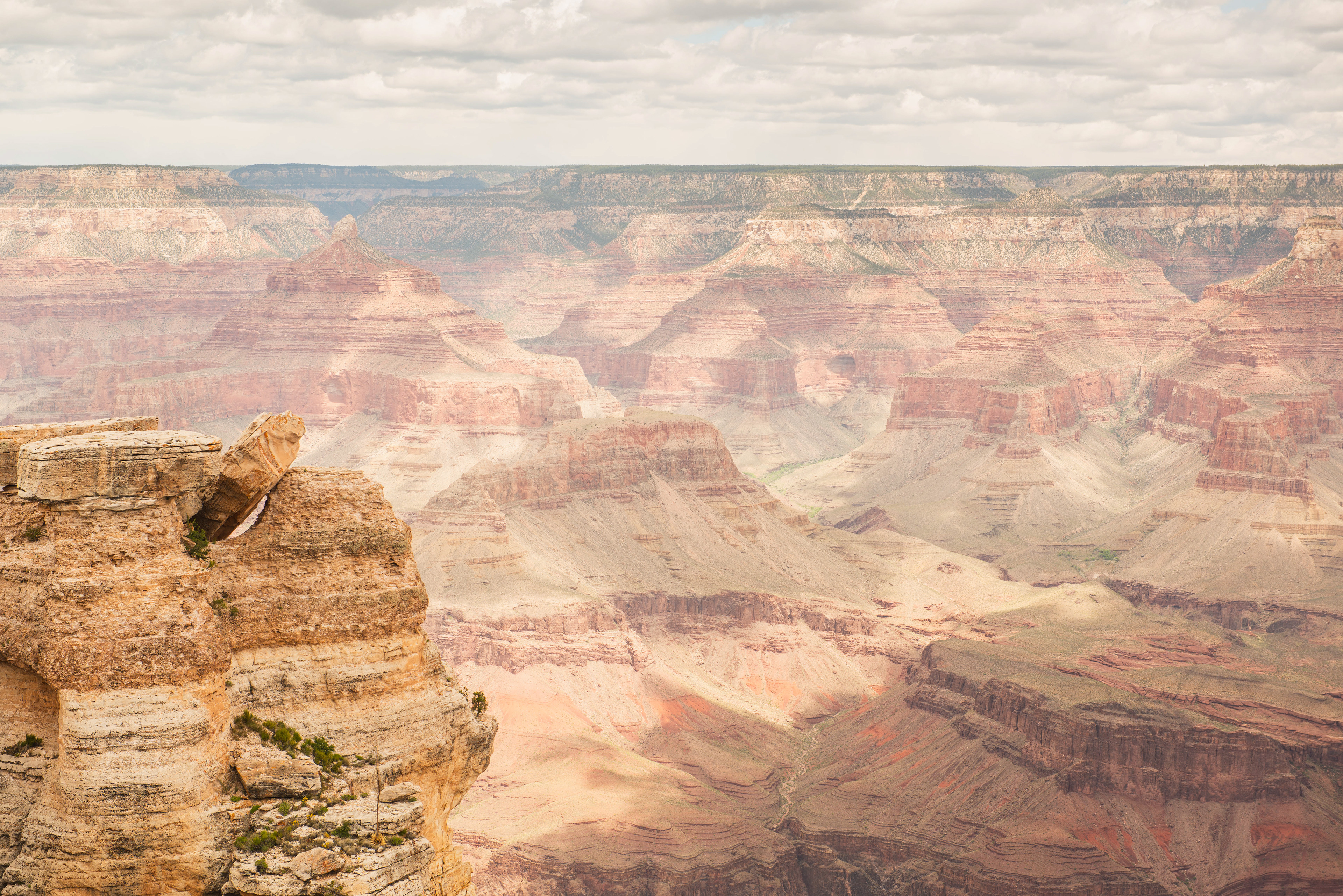




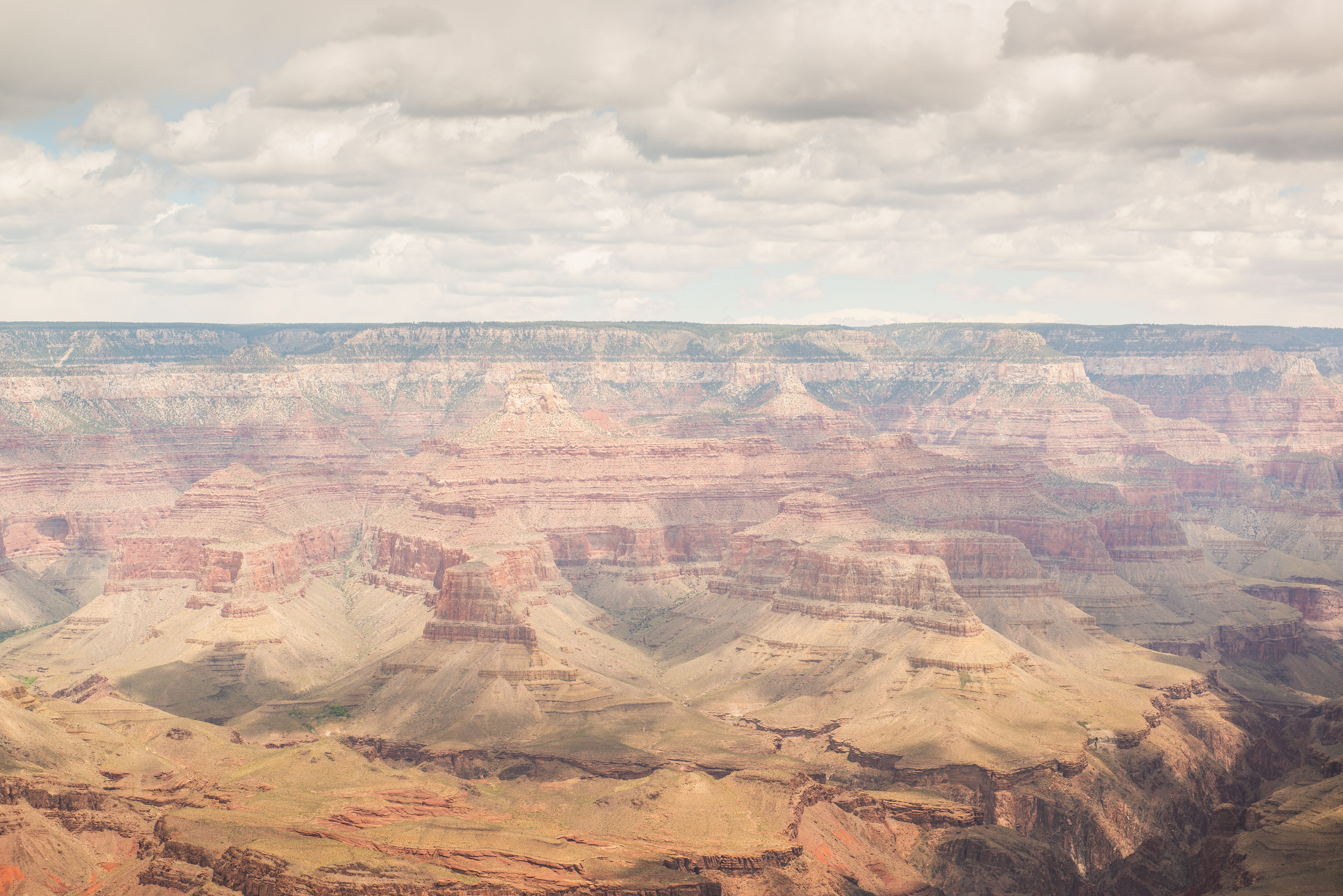





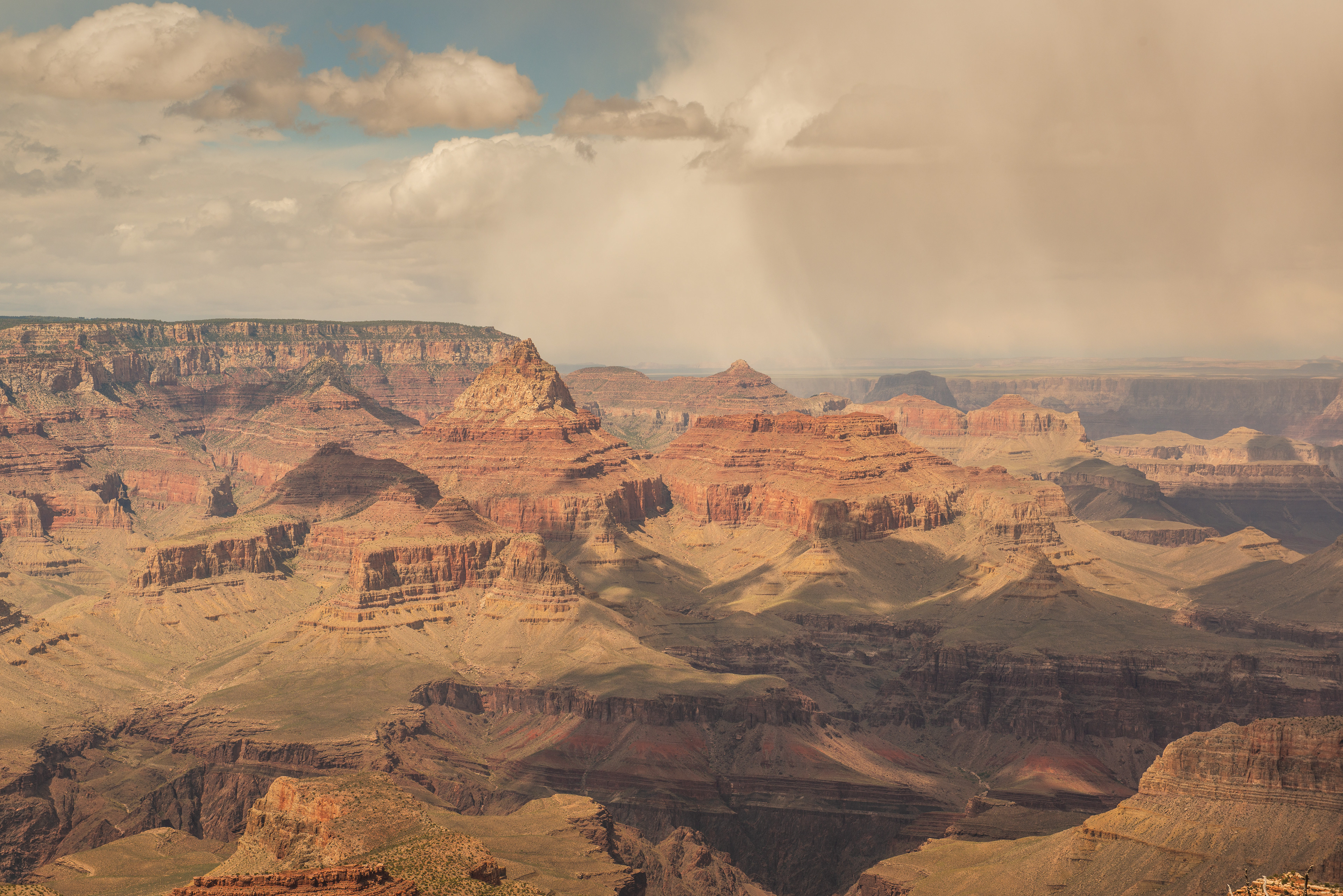




Monument Valley
On the way back to Colorado we passed through Monument Valley. By the time we got there tours were already closed for the day. It would have been challenging to do anyway, since most tours involve you driving your own car and since it's an Indian reservation, it's actually forbidden depending on your rental agreement or depending on from which company you rent. Luckily you can also get a real good impression of Monument Valley and photograph some of the iconic vistas from the visitor's center. The visitor's center has a big store where you can buy all types of locally made souvenirs.





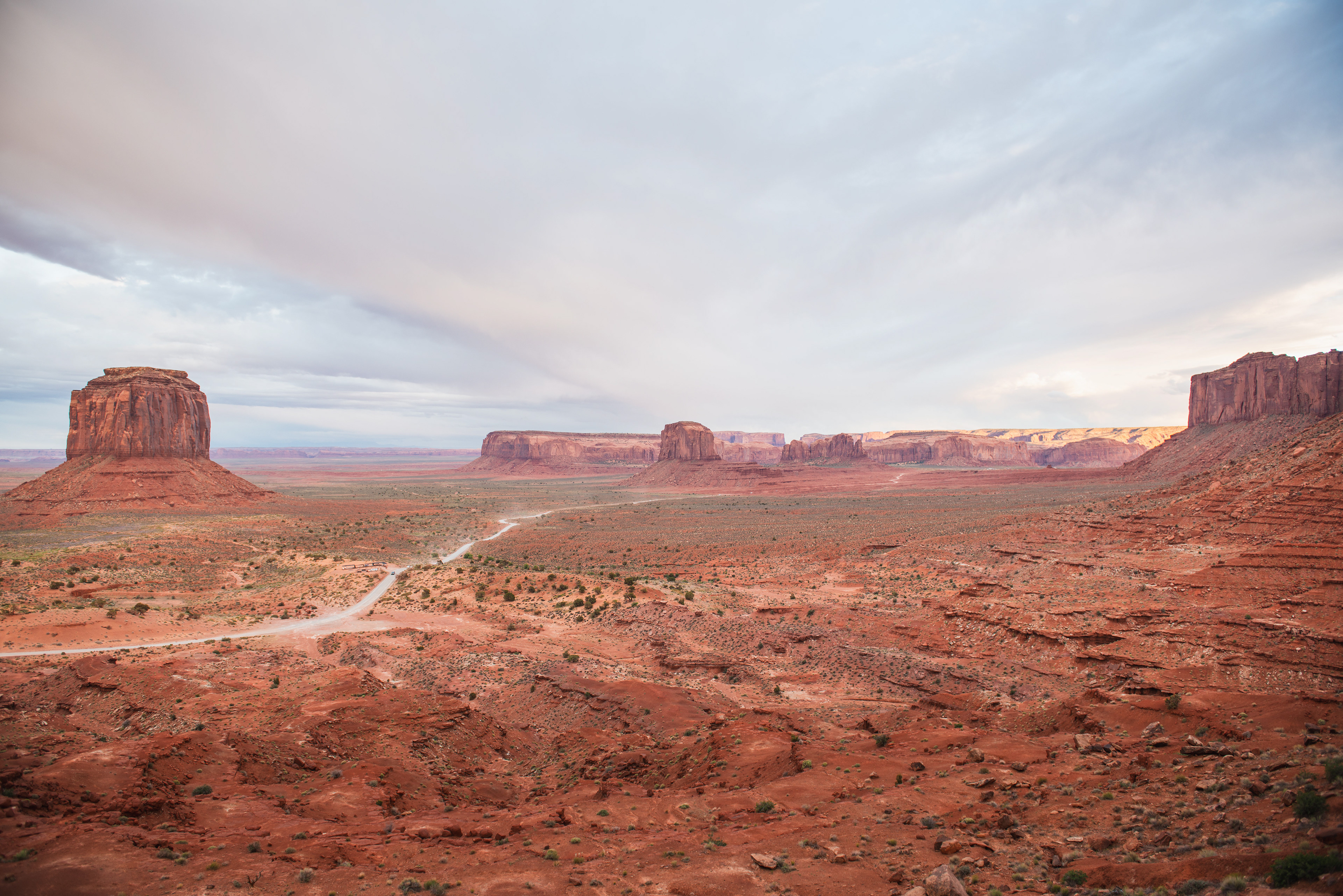

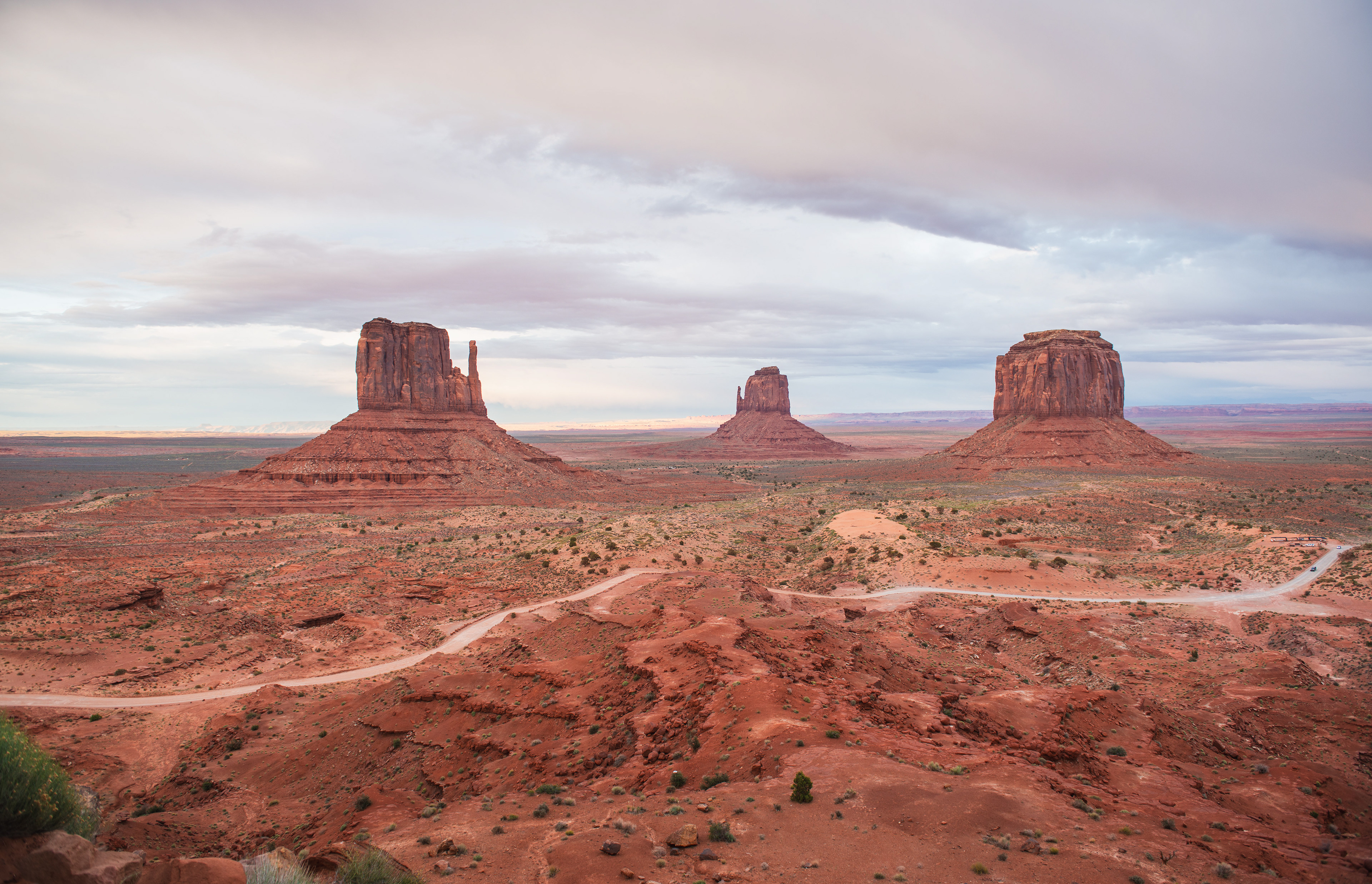




Colorado
Roadtripping through the Rockies
Roadtripping in Colorado is generally great. It has many mountain passes worth driving, one of them is the Wolf Creek Pass which we drove on this trip. Unfortunately there was no time to drive out to the Gunnison River Canyon which is supposed to be beautiful, but we did check out Crested Butte, a well-known skiing destination in Colorado. That's where we stayed the last night of our trip before returning to Colorado Springs.
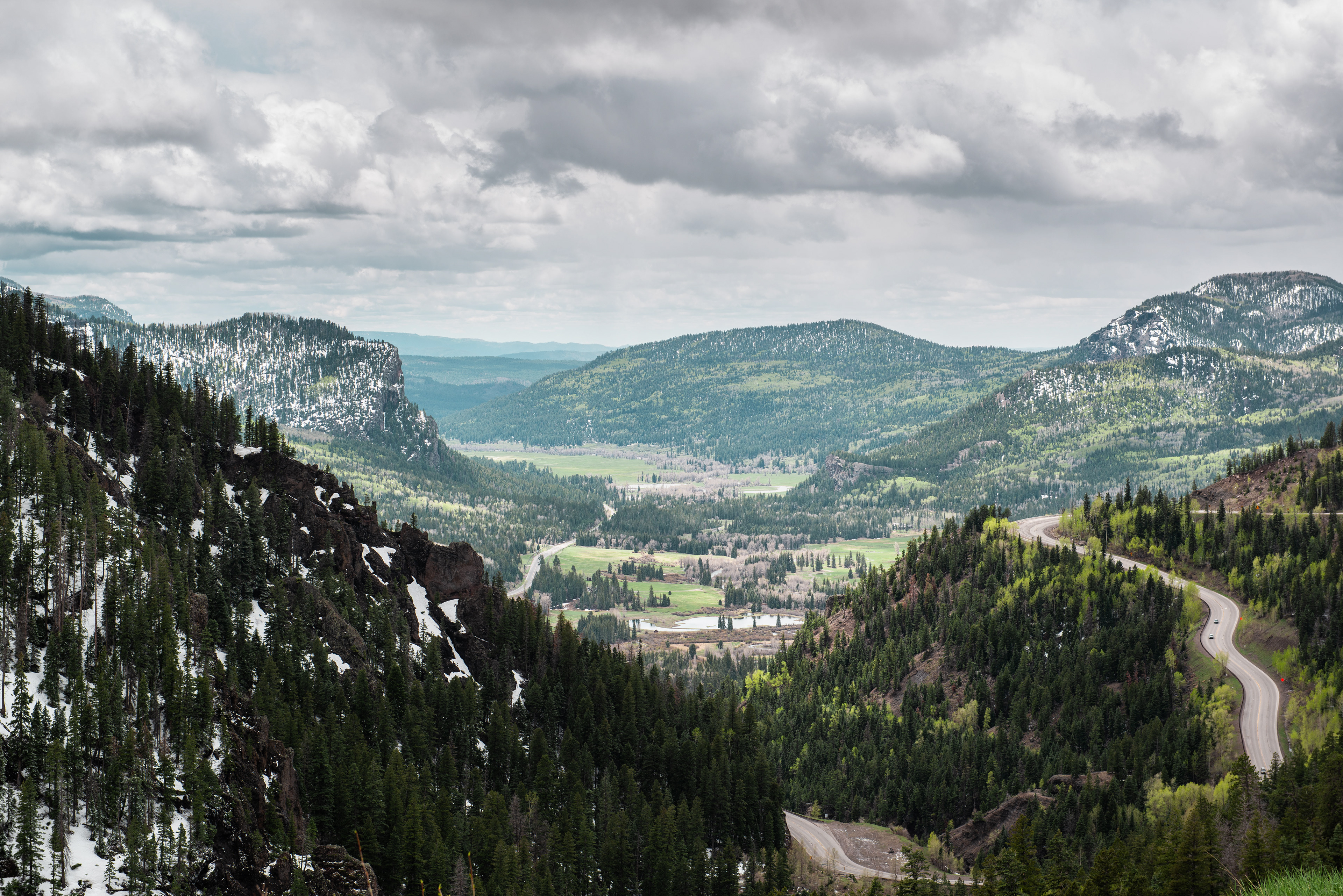



Great Sand Dunes National Park and Preserve
This is one of the most remote national parks in the USA and only reachable after quite a long drive since there are no nearby airports. Since we were traveling through southern Colorado we stopped by to check it out. I had seen some pictures of the park before and the massive sand dunes against the backdrop of green mountains was quite surreal. In real life even more so, although it's quite the struggle to climb to the top if you want to. In order to really access the sand dunes from the visitor center you need to pass through a creek which is ice cold. Although it's a struggle to climb with your shoes on as you keep on sacking away in the sand, I'd recommend you do because you may regret doing it with bare feet. That's what I did and I ended up with crazy blisters and burned off skin all around. The sand is not very fine and full of stones. You may not notice while climbing up but once you are back down you do, trust me. Up there there are also some crazy winds, which is partly why those sand dunes have formed in the first place. Riverbed sand is being spread through the valley by the wind and then piles up against the range of the mountains. The dunes are up to 300 meters high, nothing to sneeze at if you want to climb it. It's of course however nothing compared to the 3.000+-meter high mountains in the back. Not sure if I'd separately drive all the way out there to see this park, but if you are in the area anyway you might as well go.




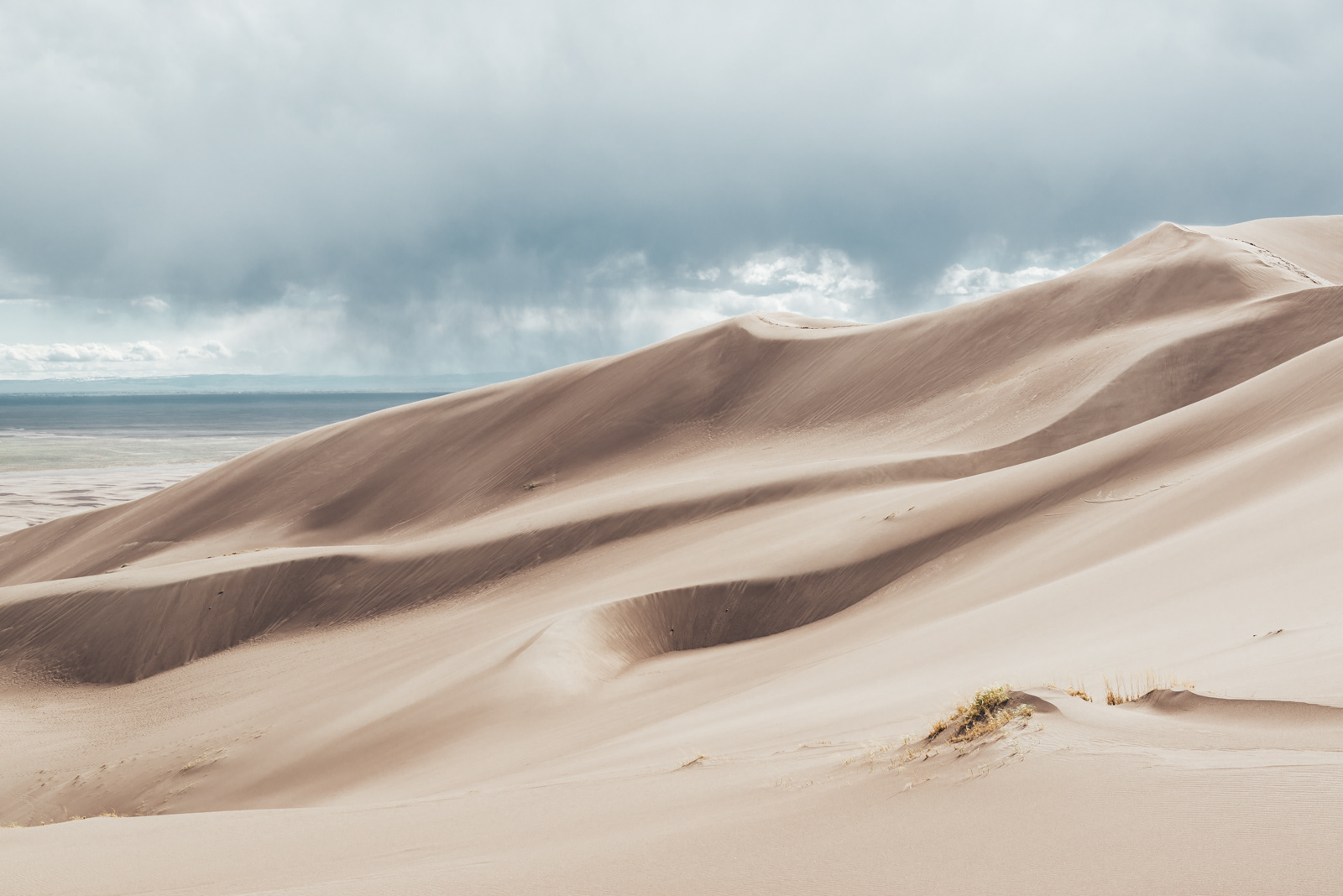
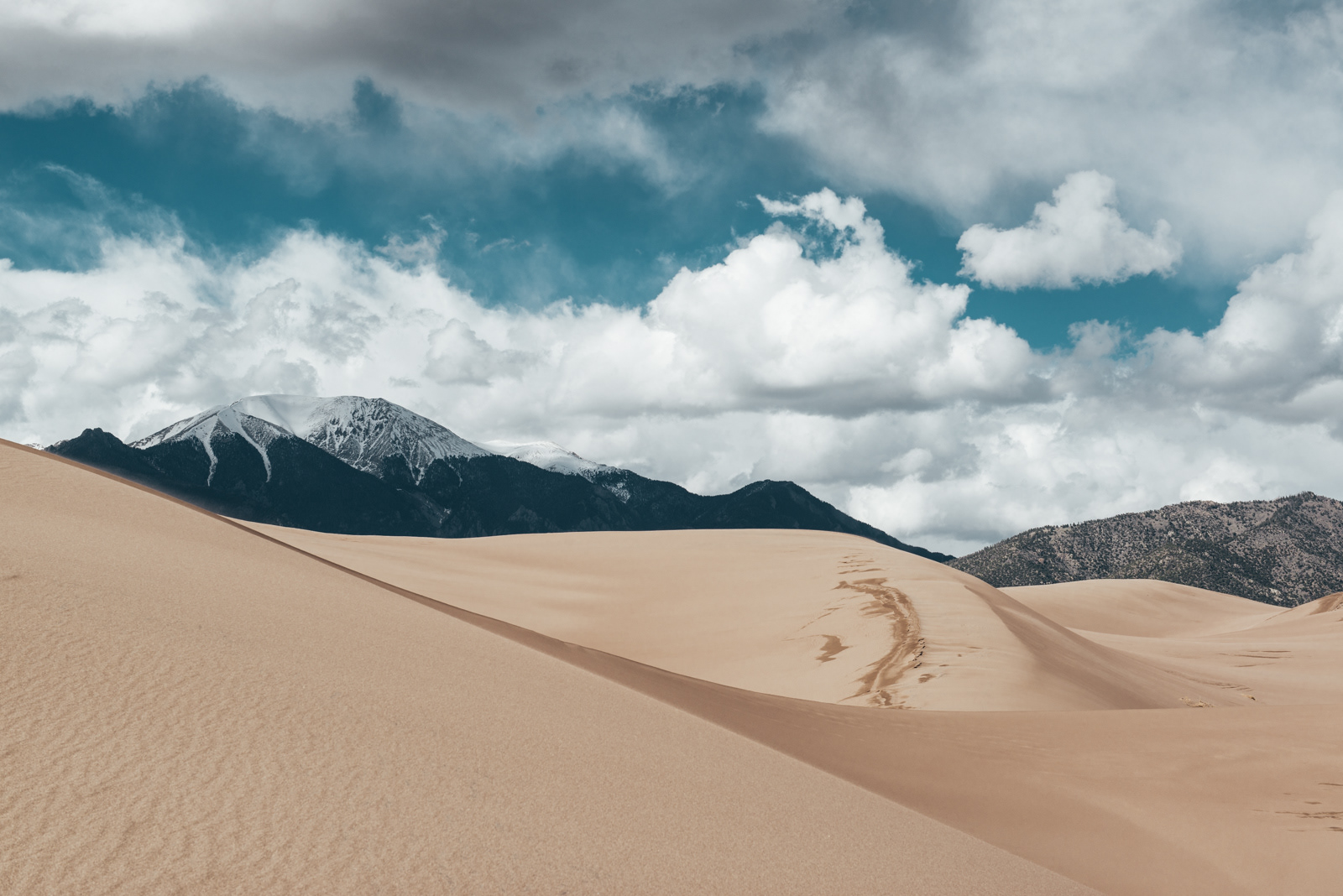
Colorado Springs
The Springs is the 2nd largest city in Colorado after Denver and about 1.5 hours South on the I-25. The city and its metropolitan area meanwhile has way over half a million inhabitants and is growing rapidly. Just like Denver you have the Rocky Mountain front range on the West and the plains on the East. You don't realize it much but you are at an ever higher altitude in Colorado Springs than you are in Denver, the Mile high city. Colorado Springs sits at an altitude of 2.000 meters. It's home to many military bases including the air force, Fort Carson and more. It also has NORAD, the North American airspace command center. I lived in Colorado Springs for about a year 15 years ago and know the city well. I always like coming back here to see friends and family. There are many fun hikes you can do in the nearby Rockies, Manitou Springs is a fun place to check out as is Garden of the Gods, a unique park with large red rocks peeking out.






